santo spirito island/rehabilitation project, venice lagoon
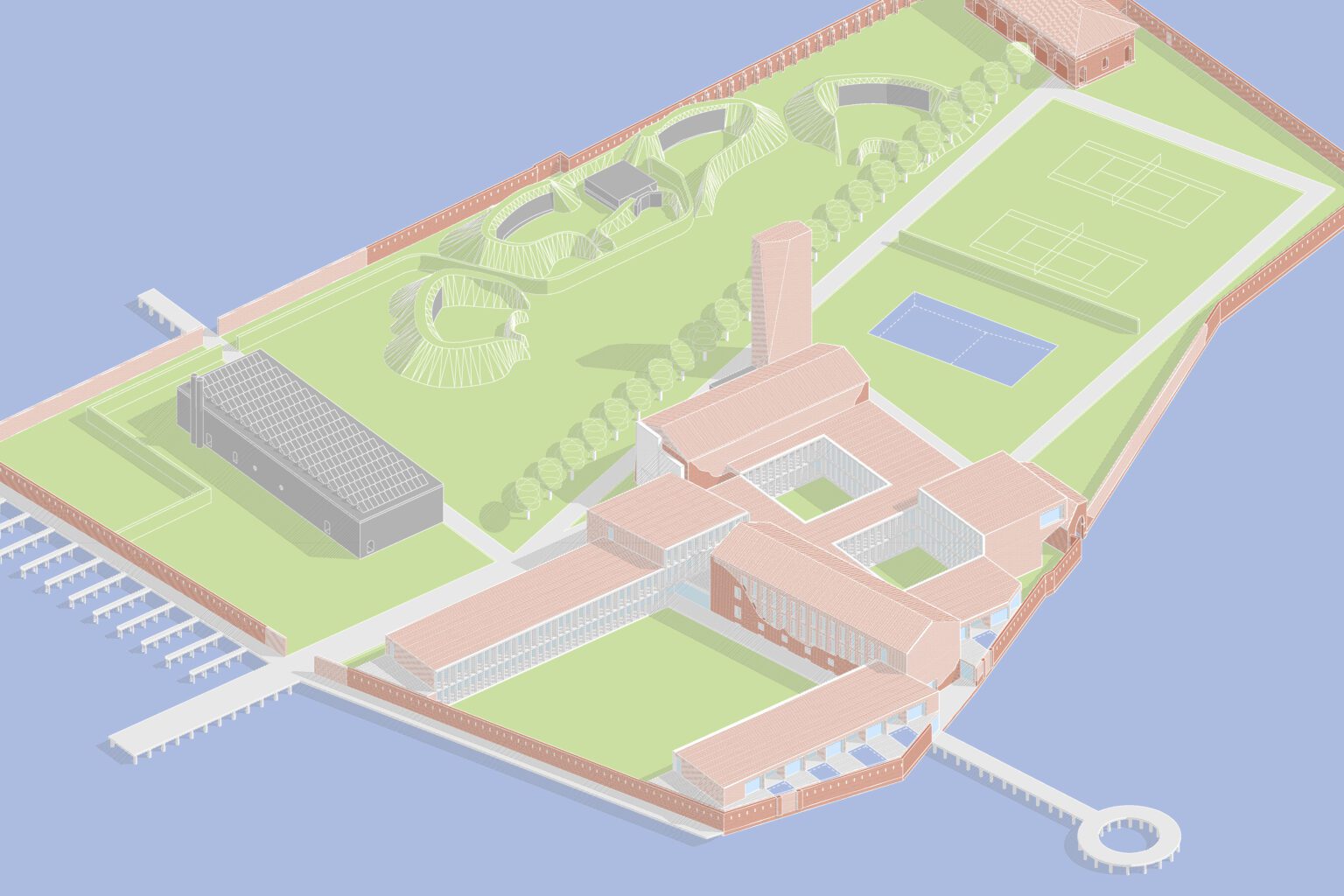
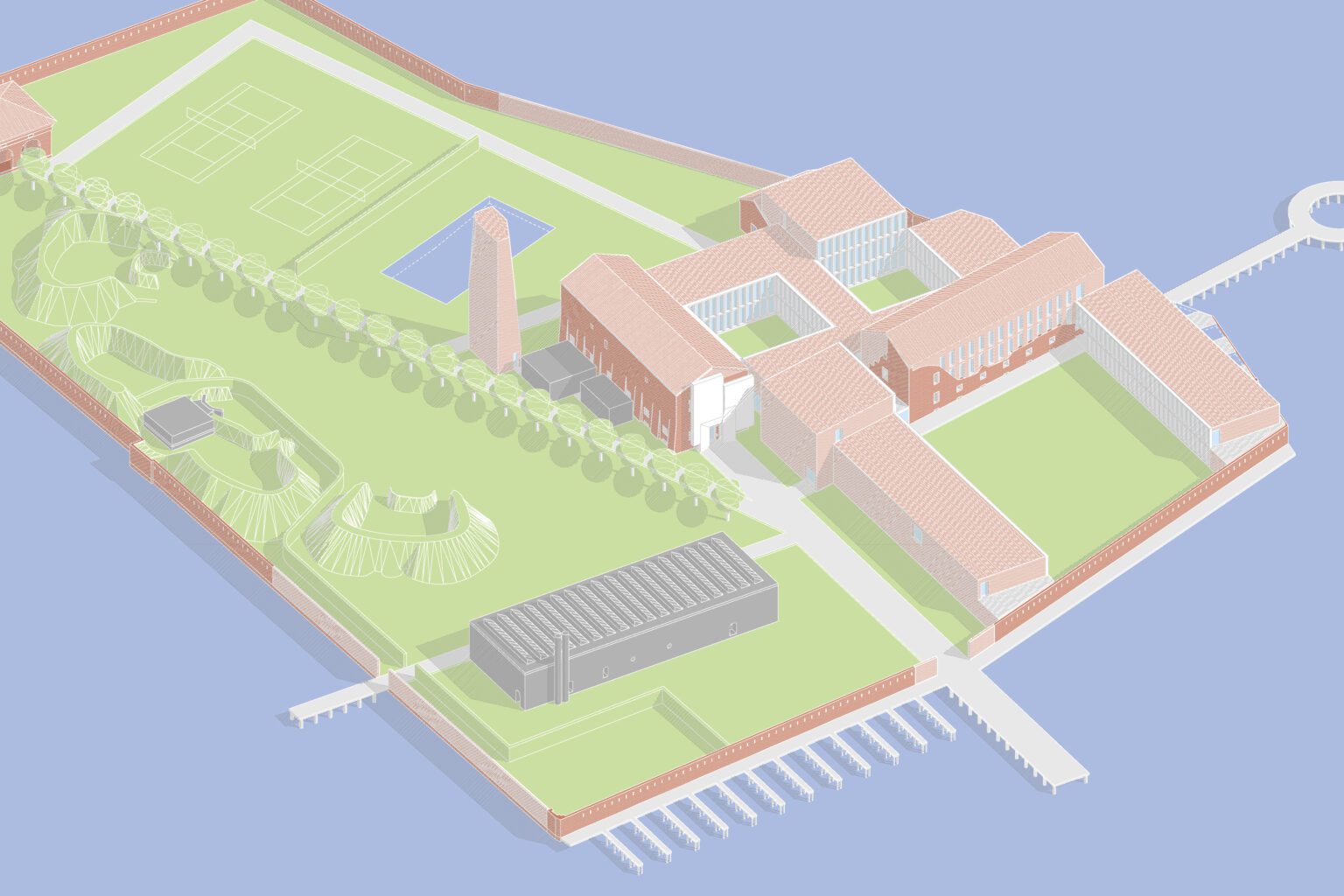
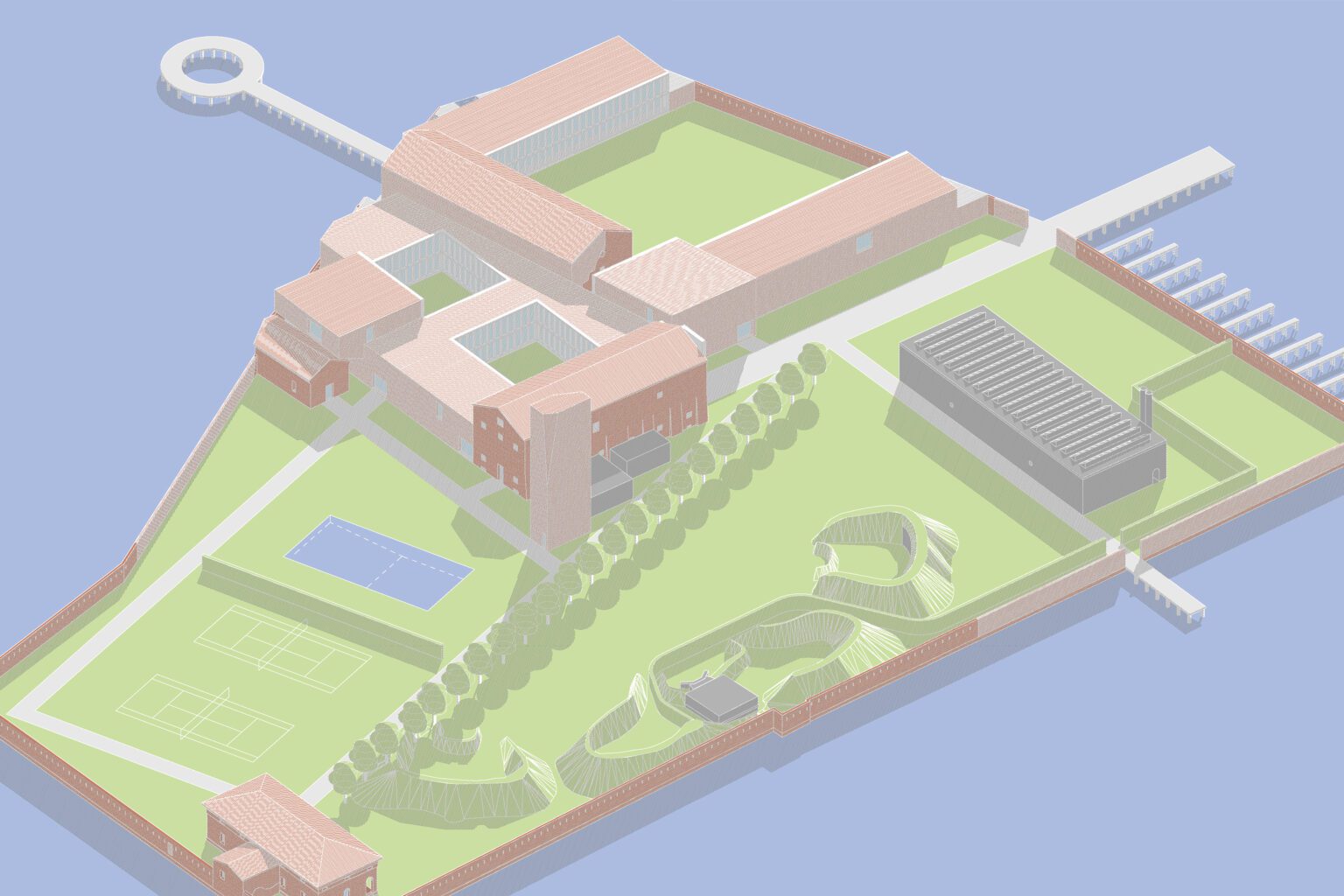
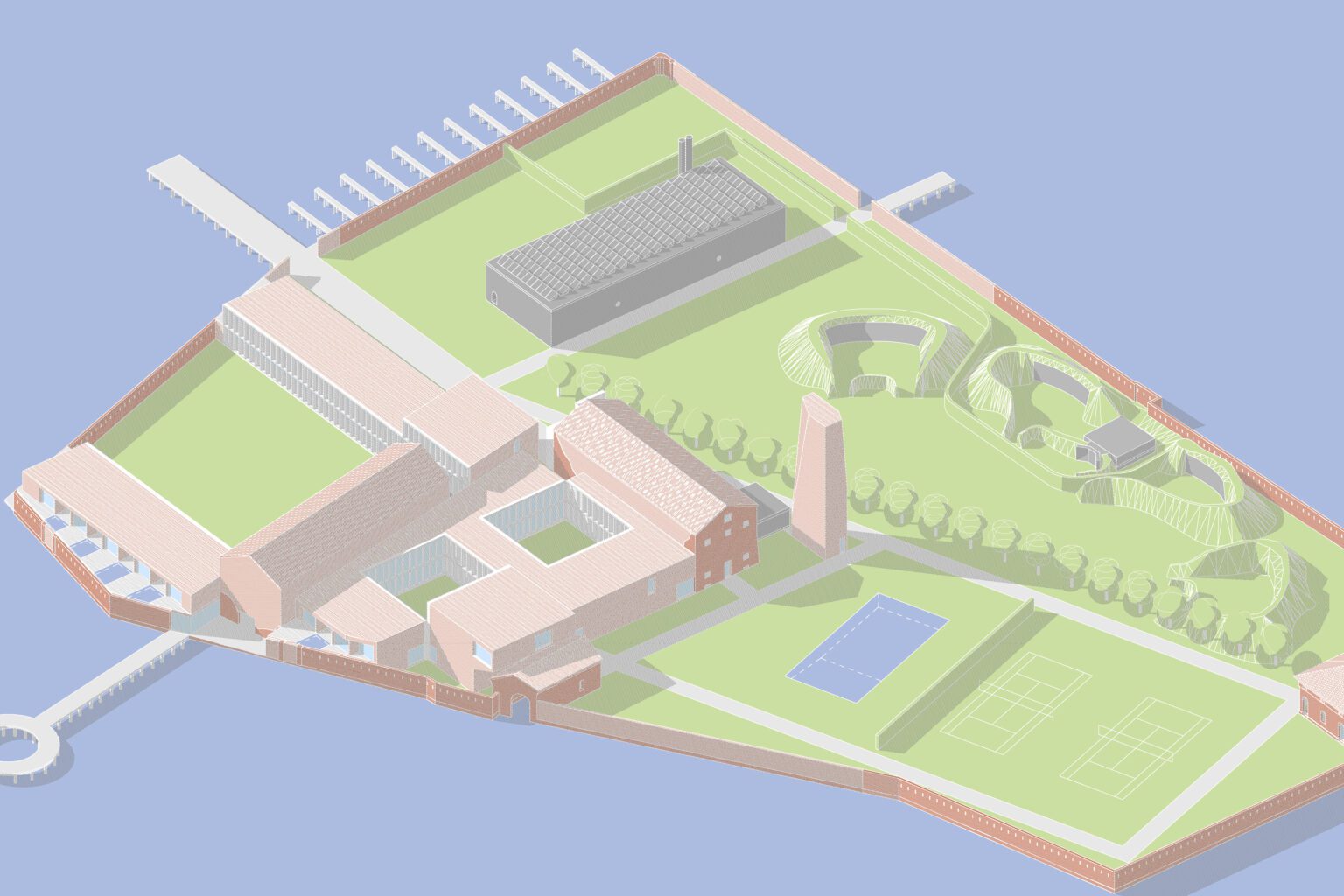
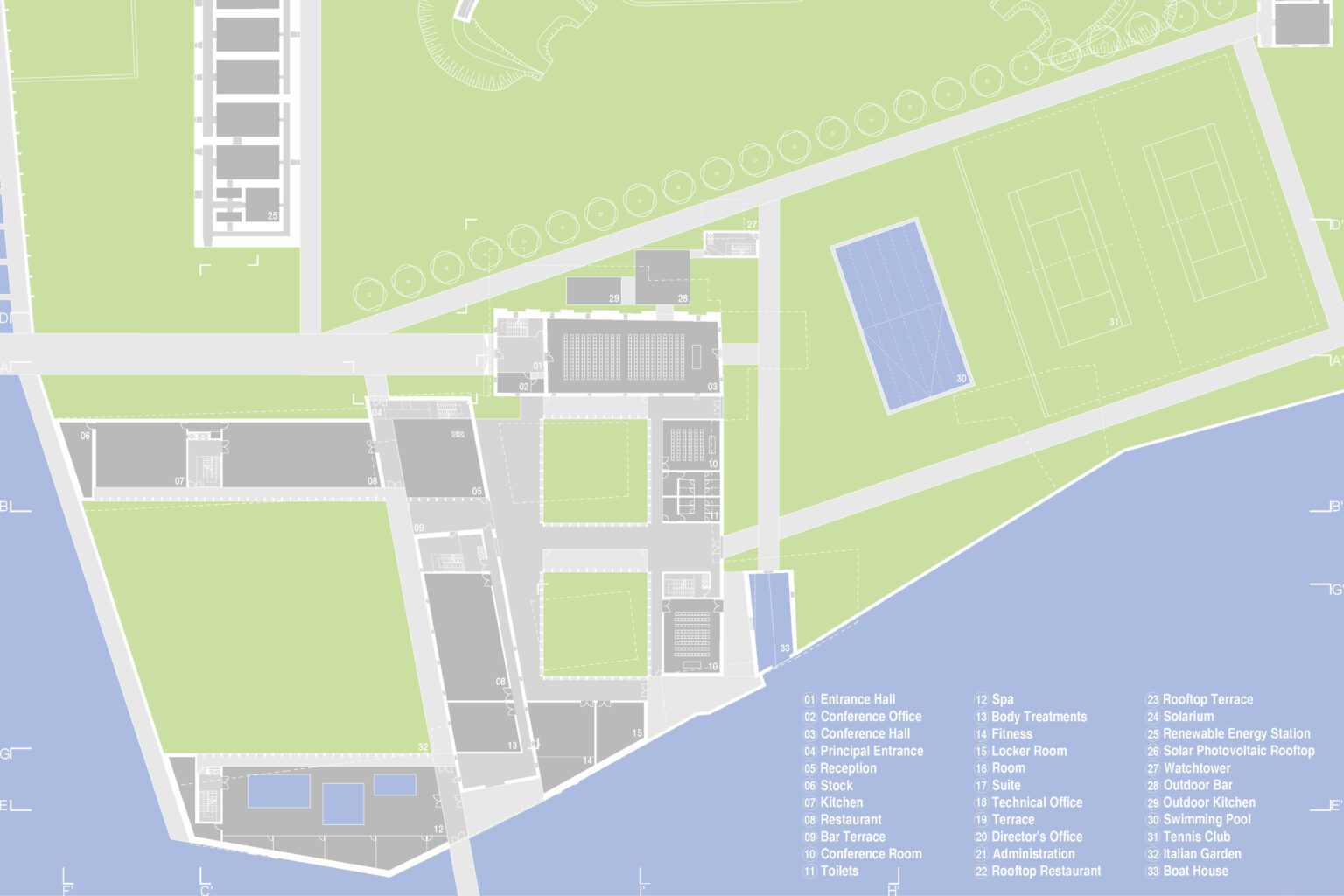
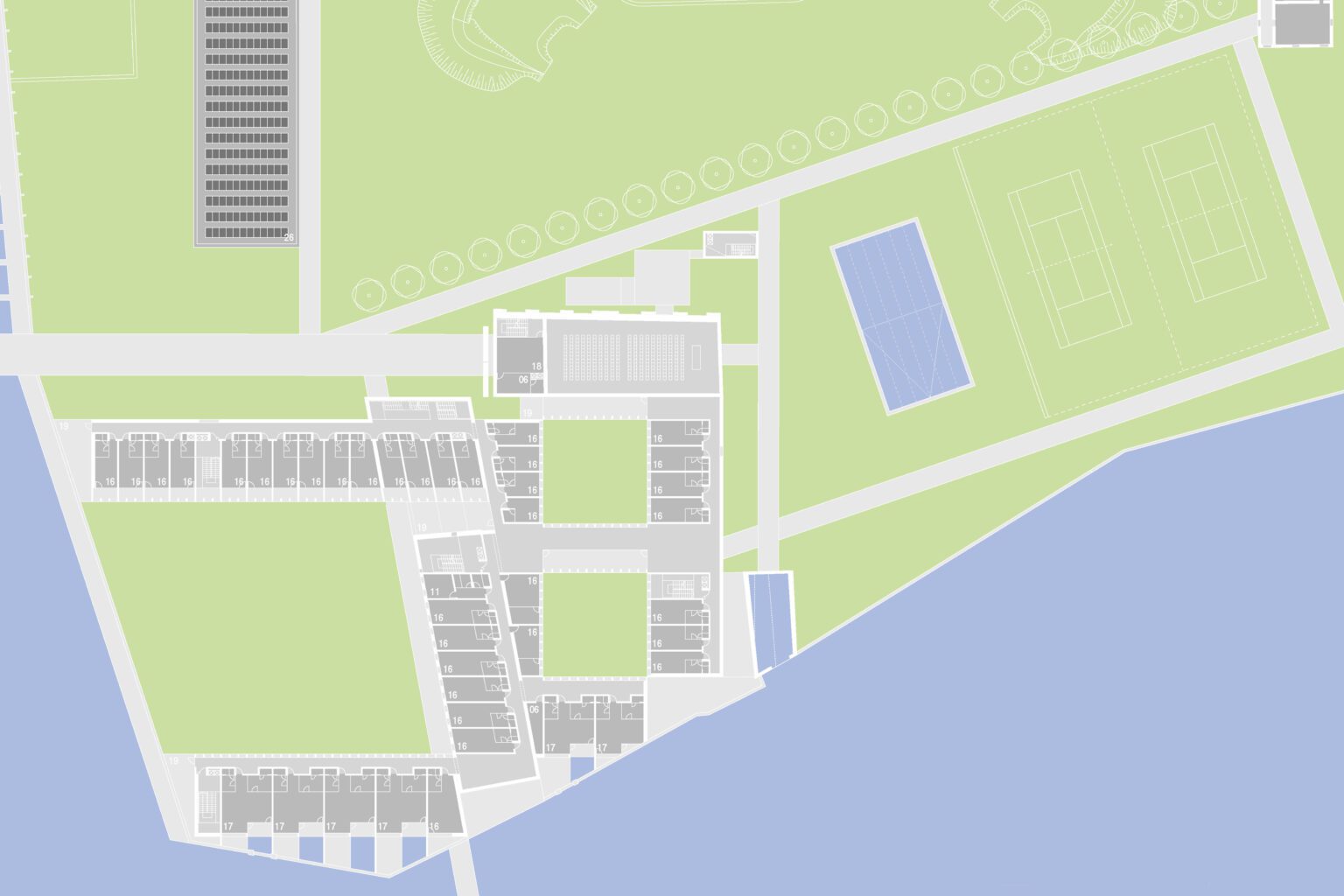
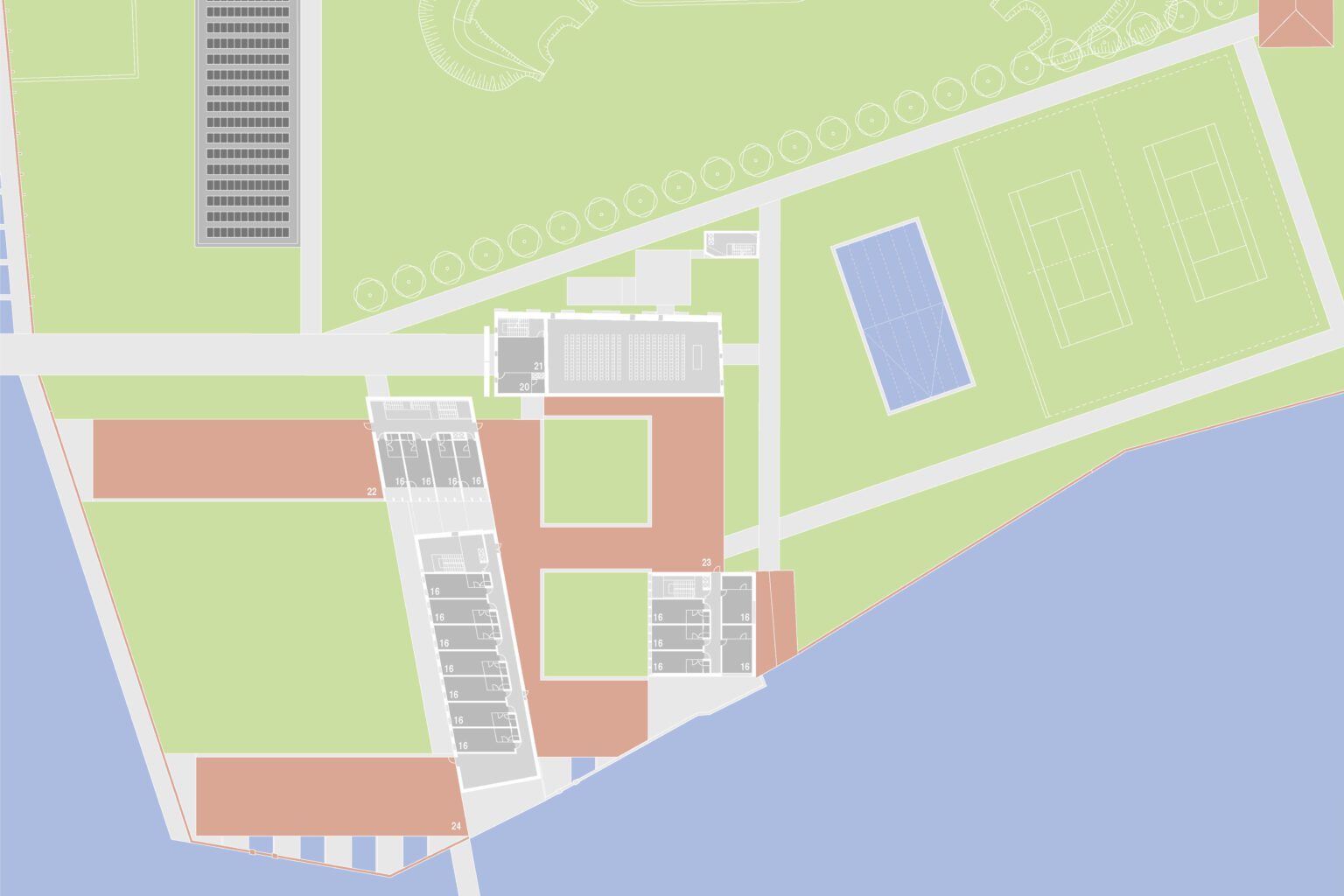
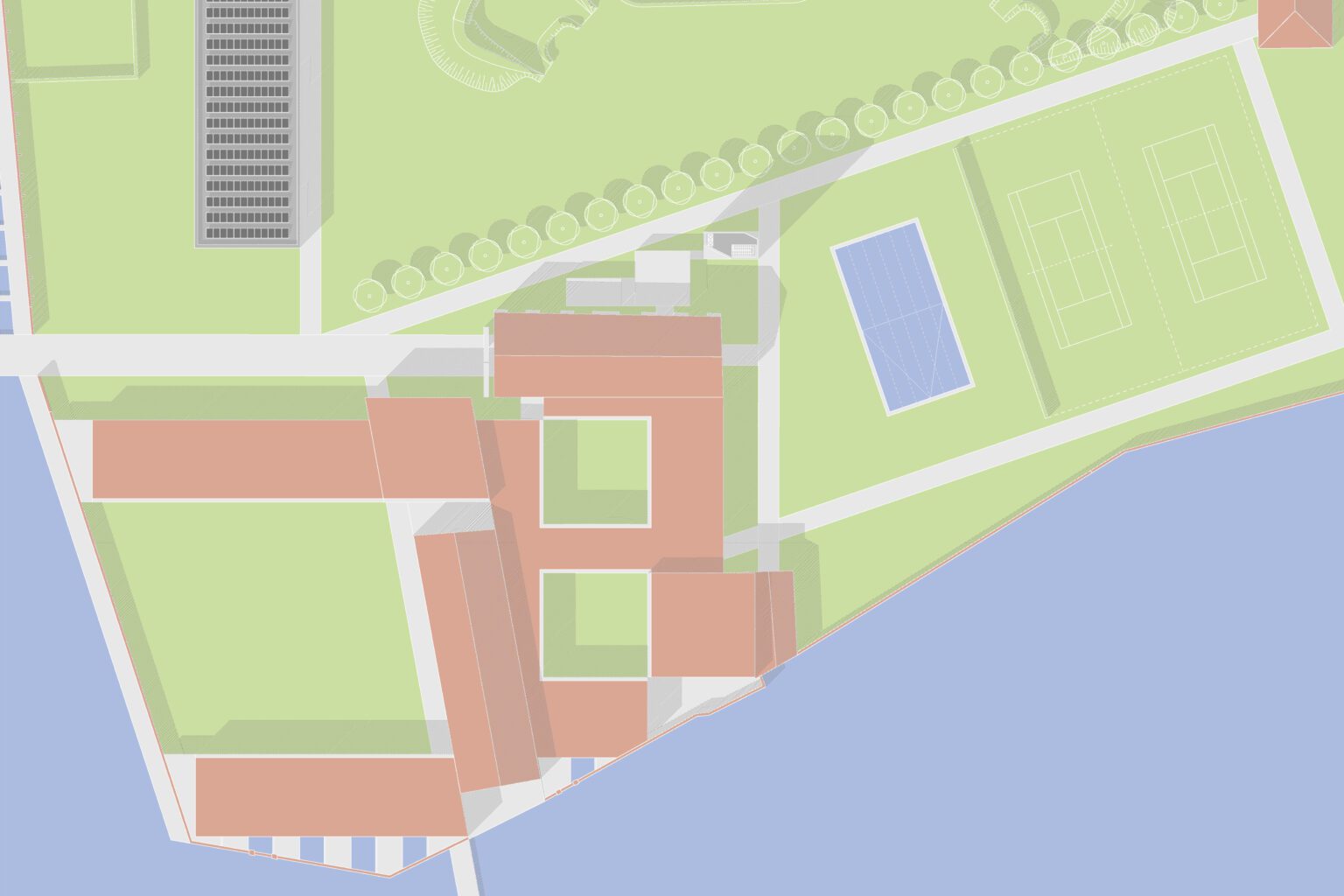
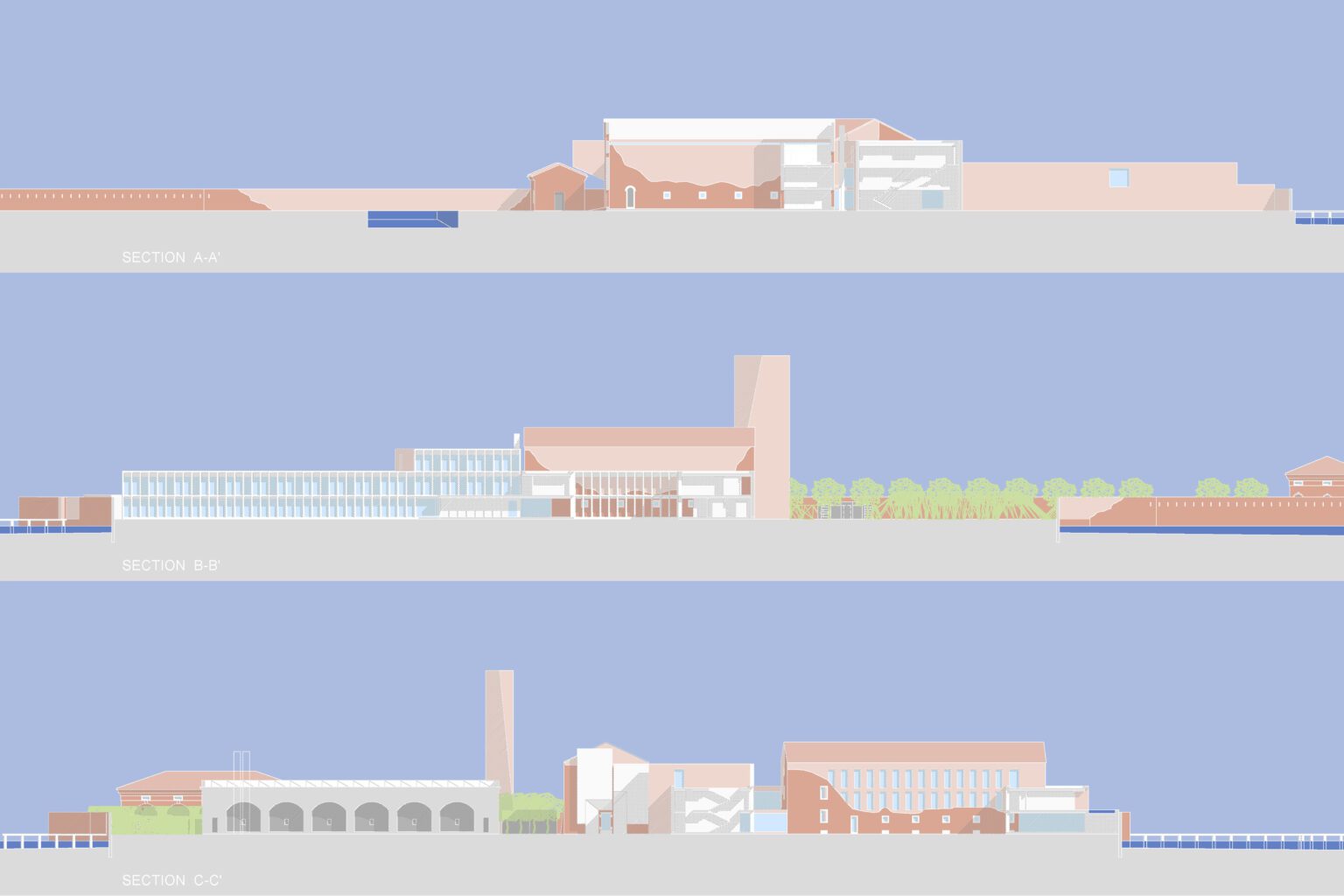
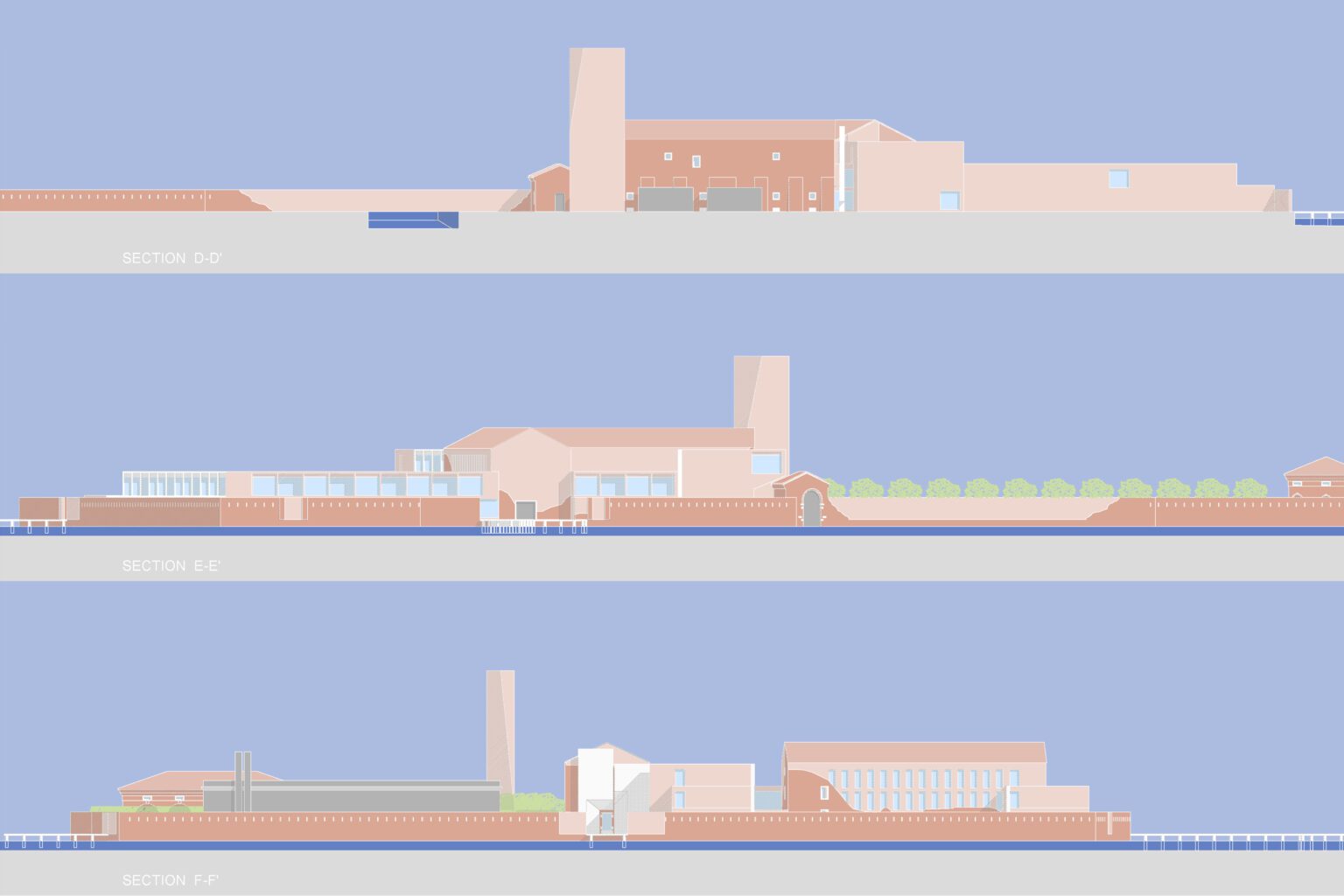
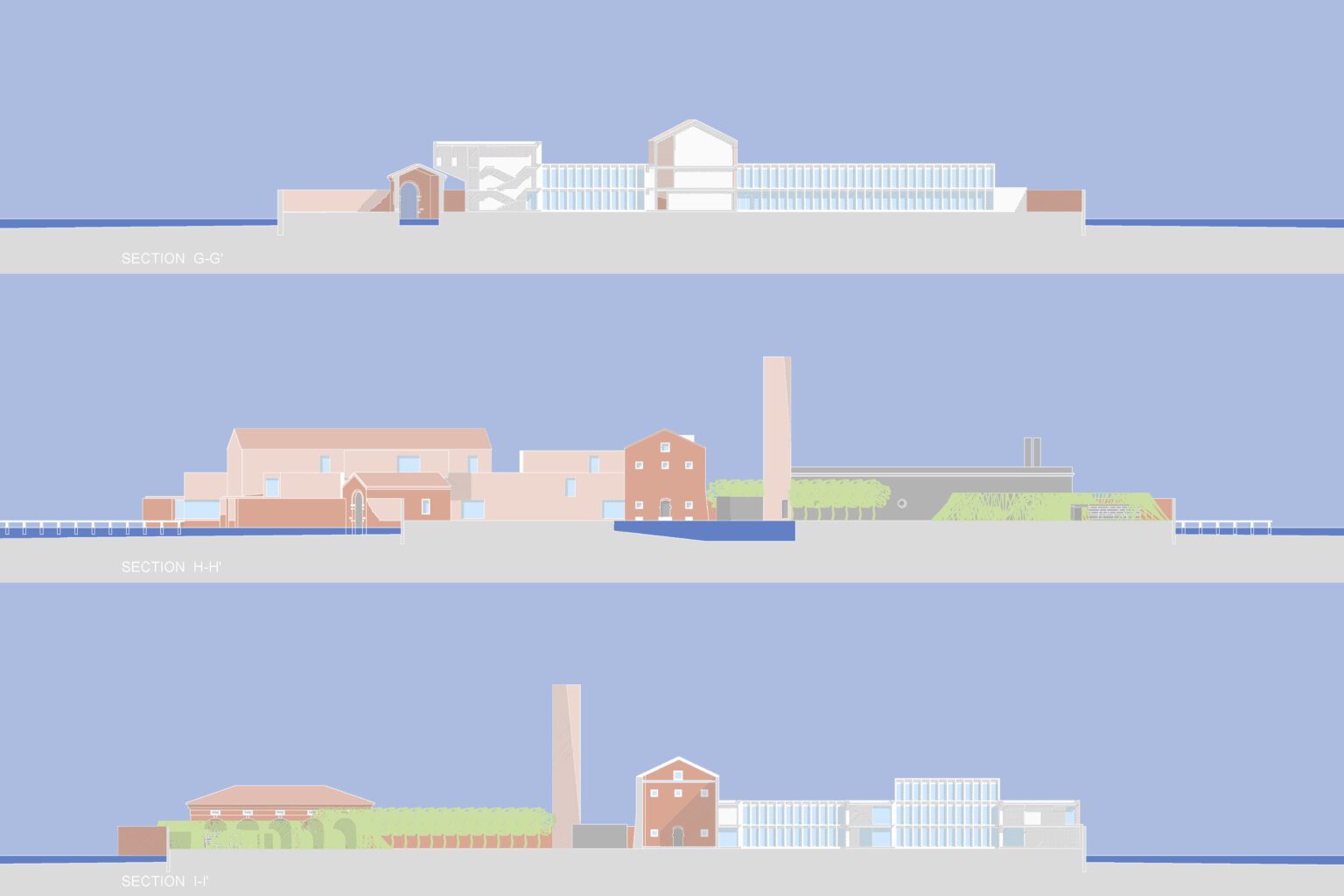
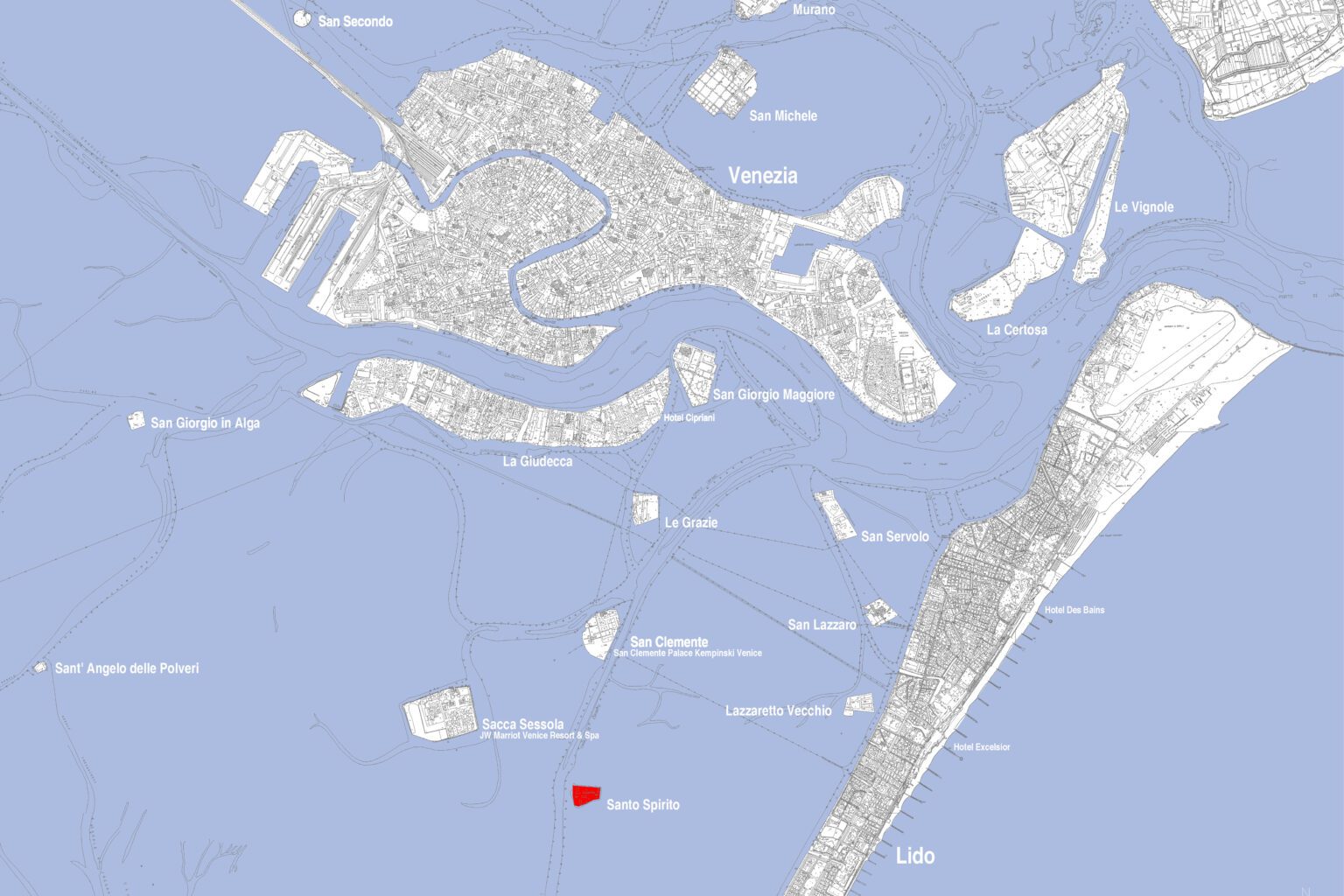
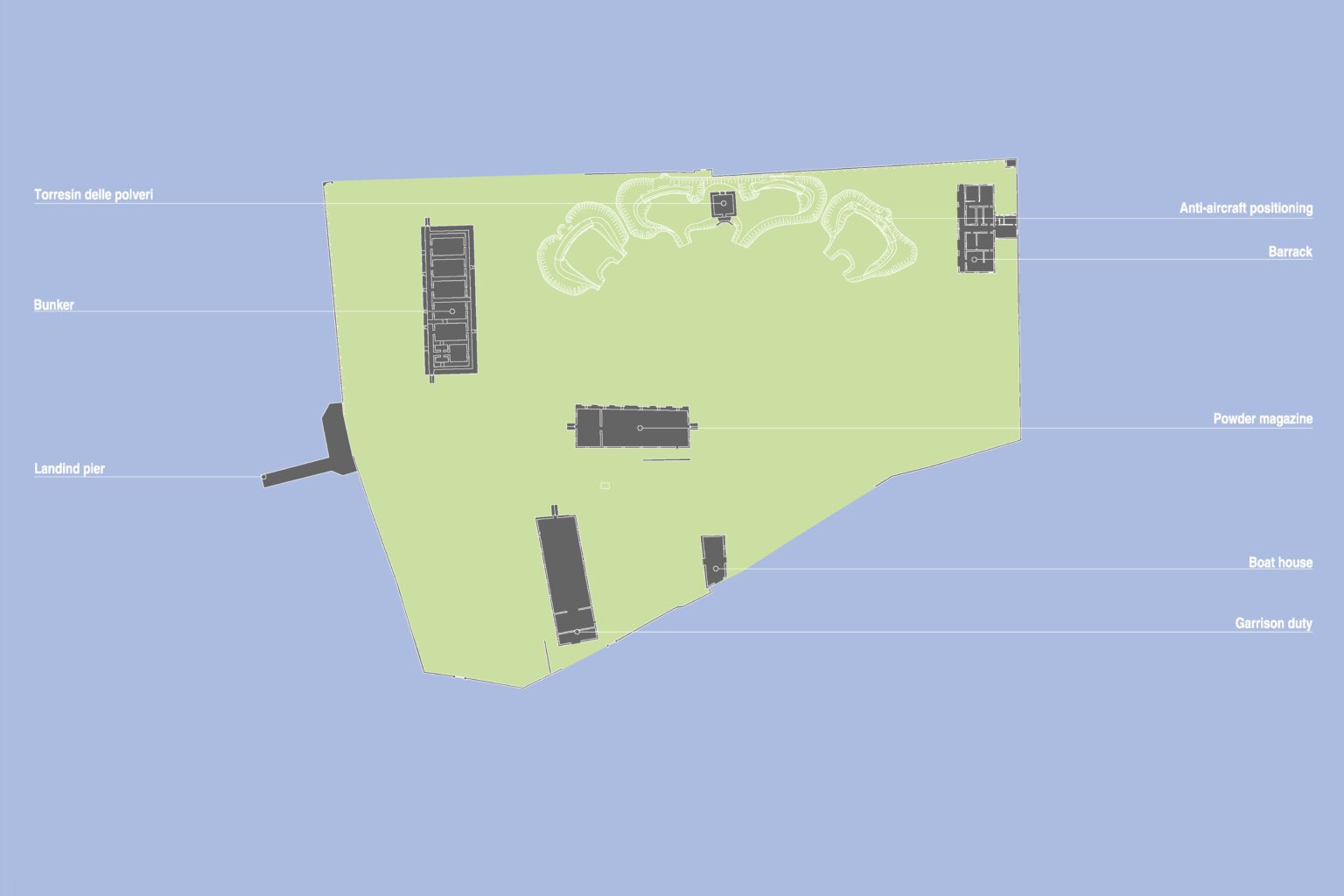
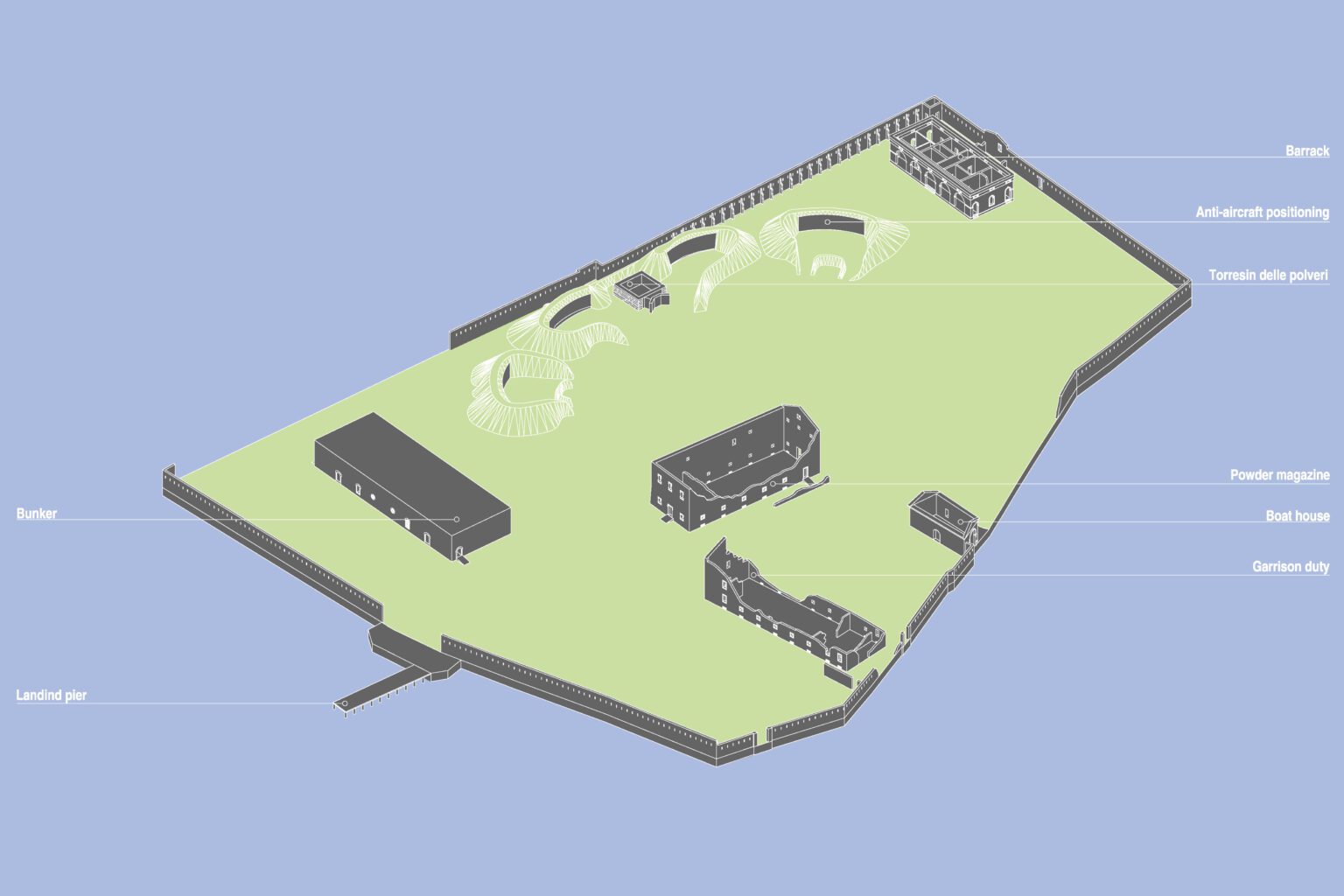
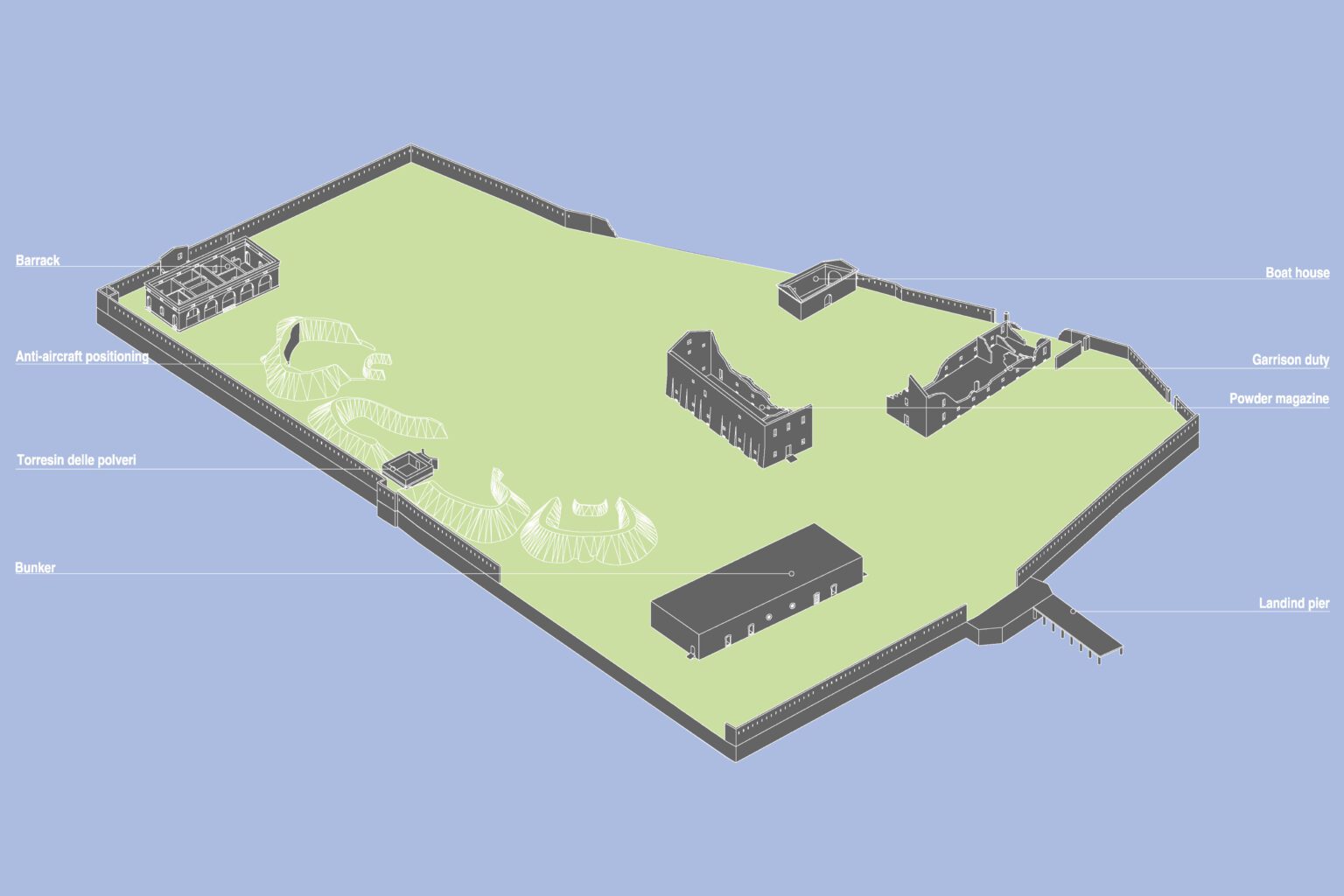
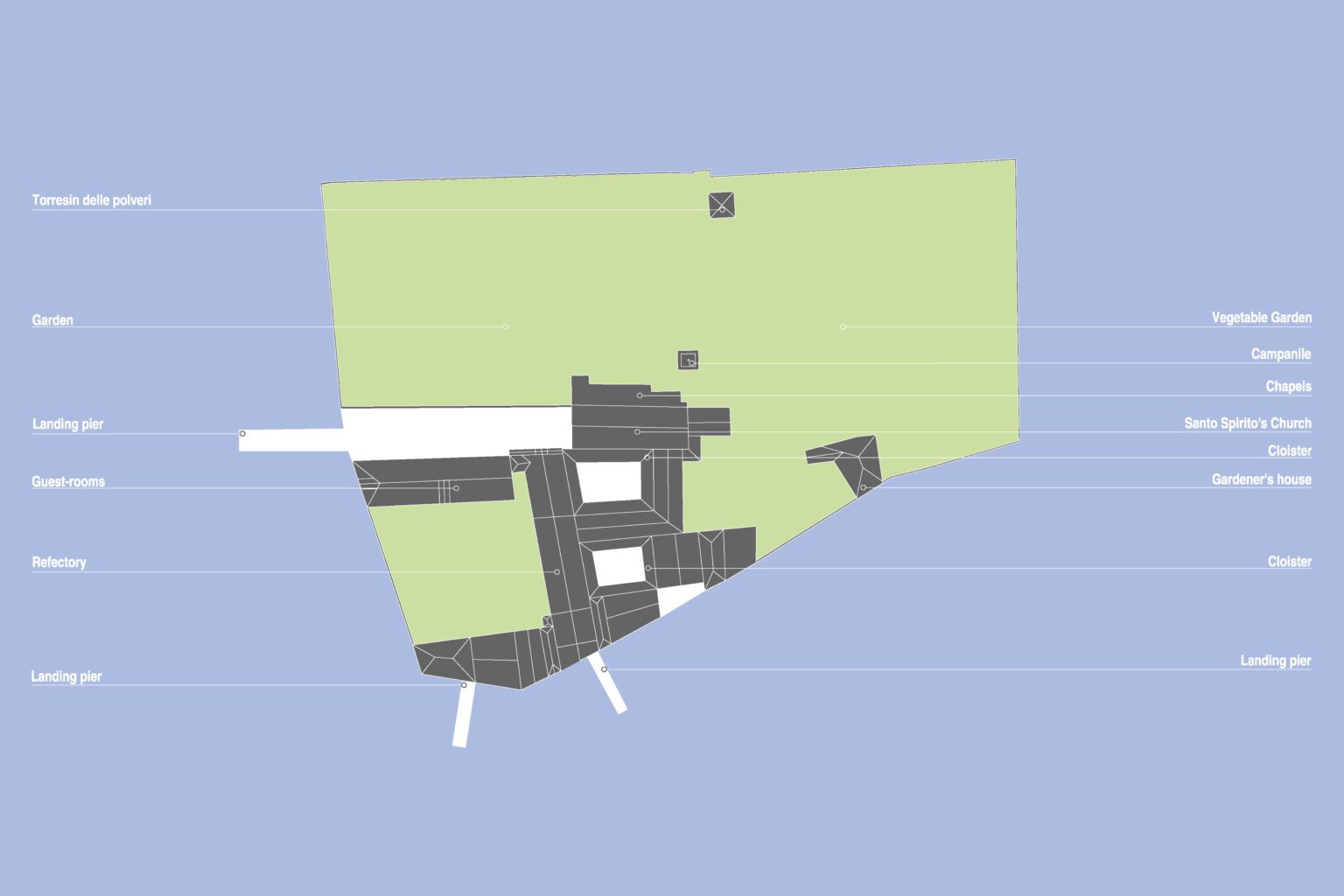
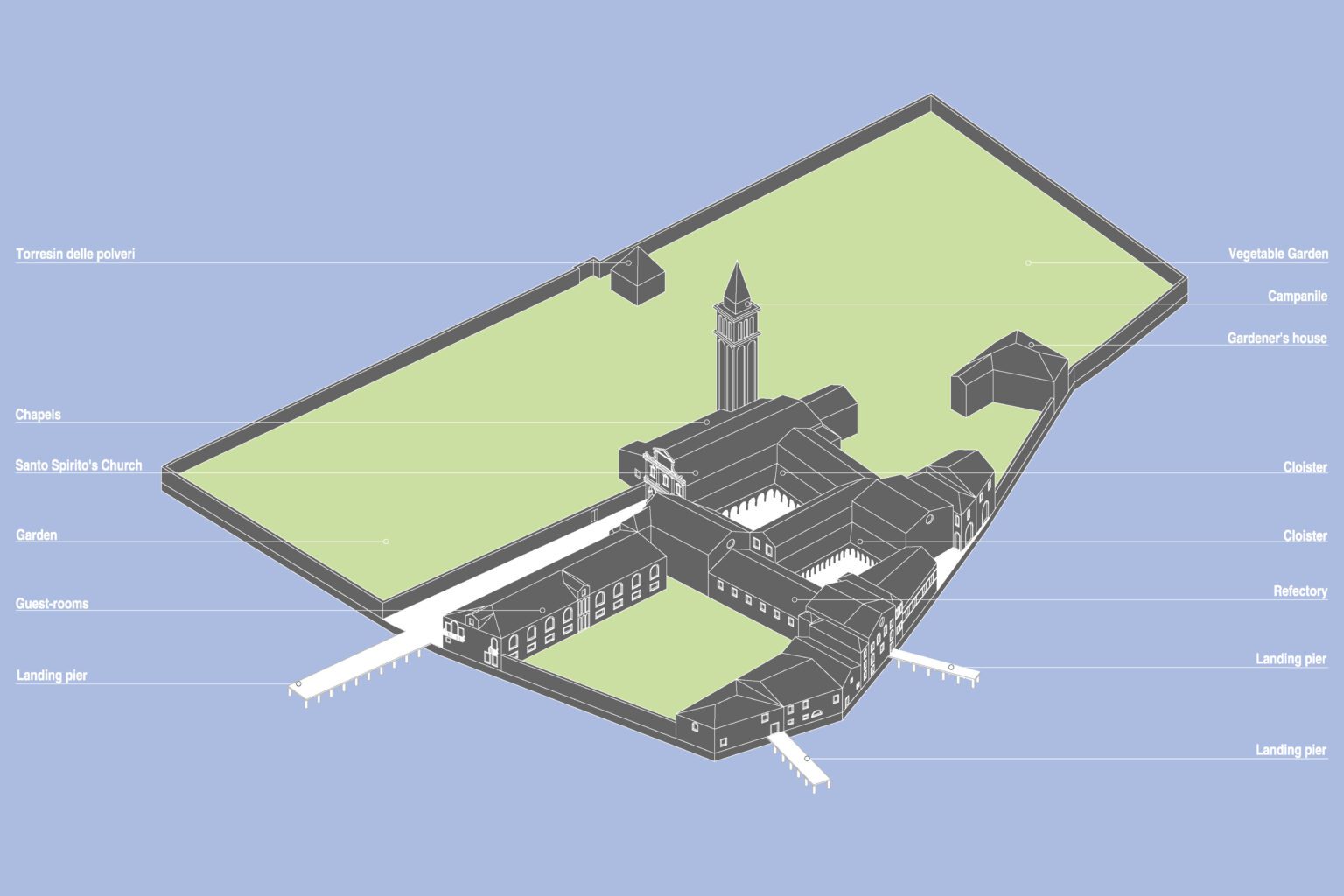
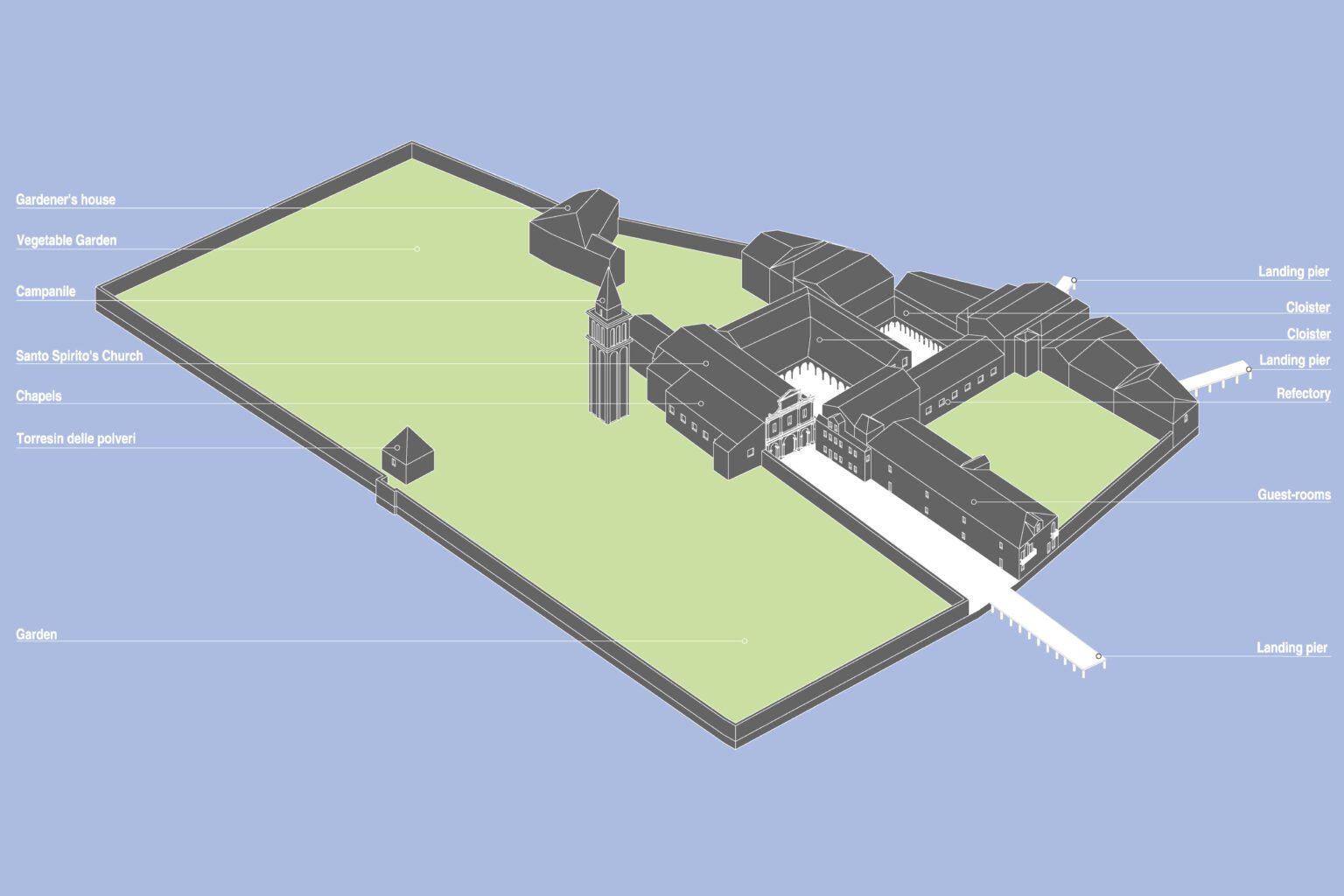
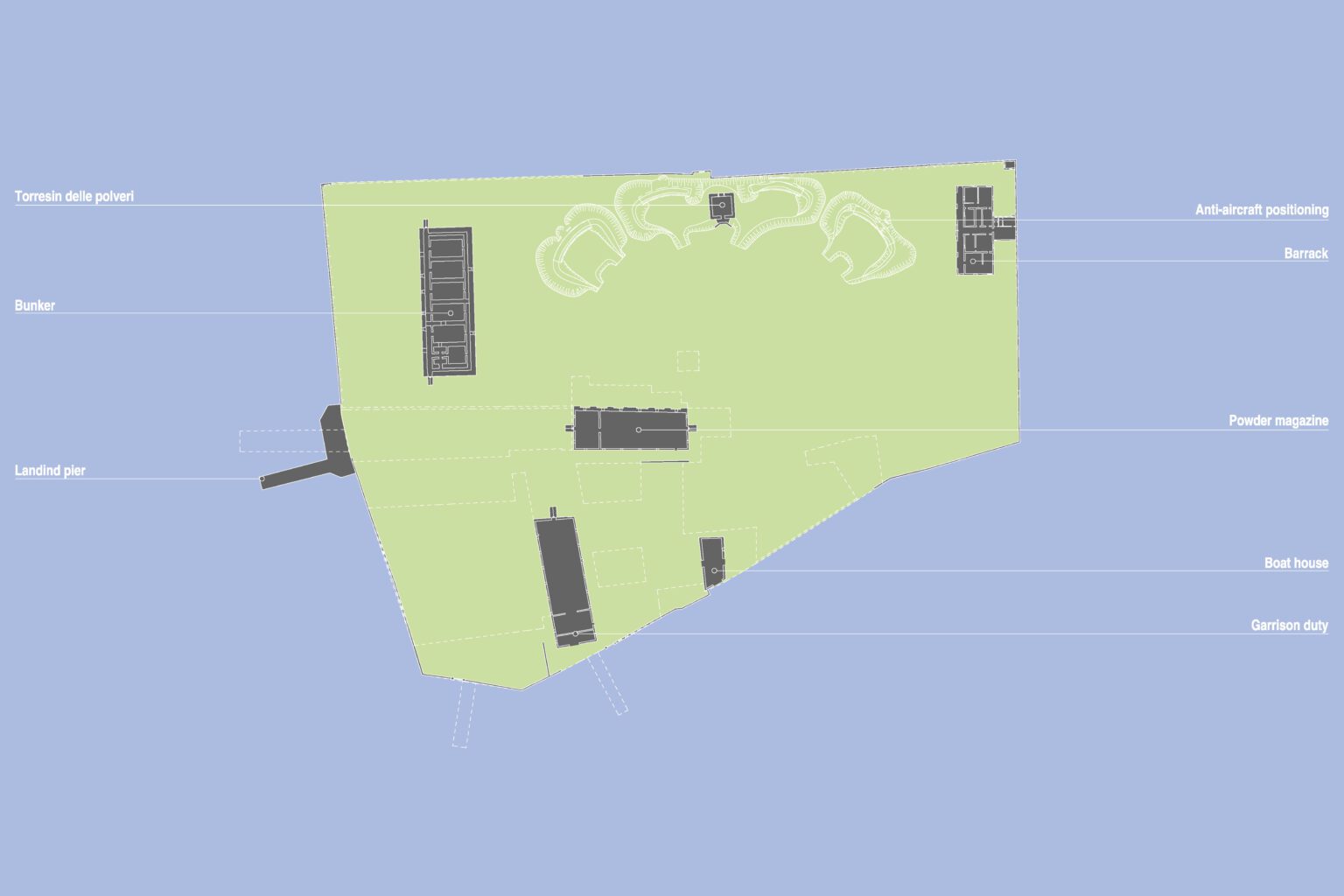
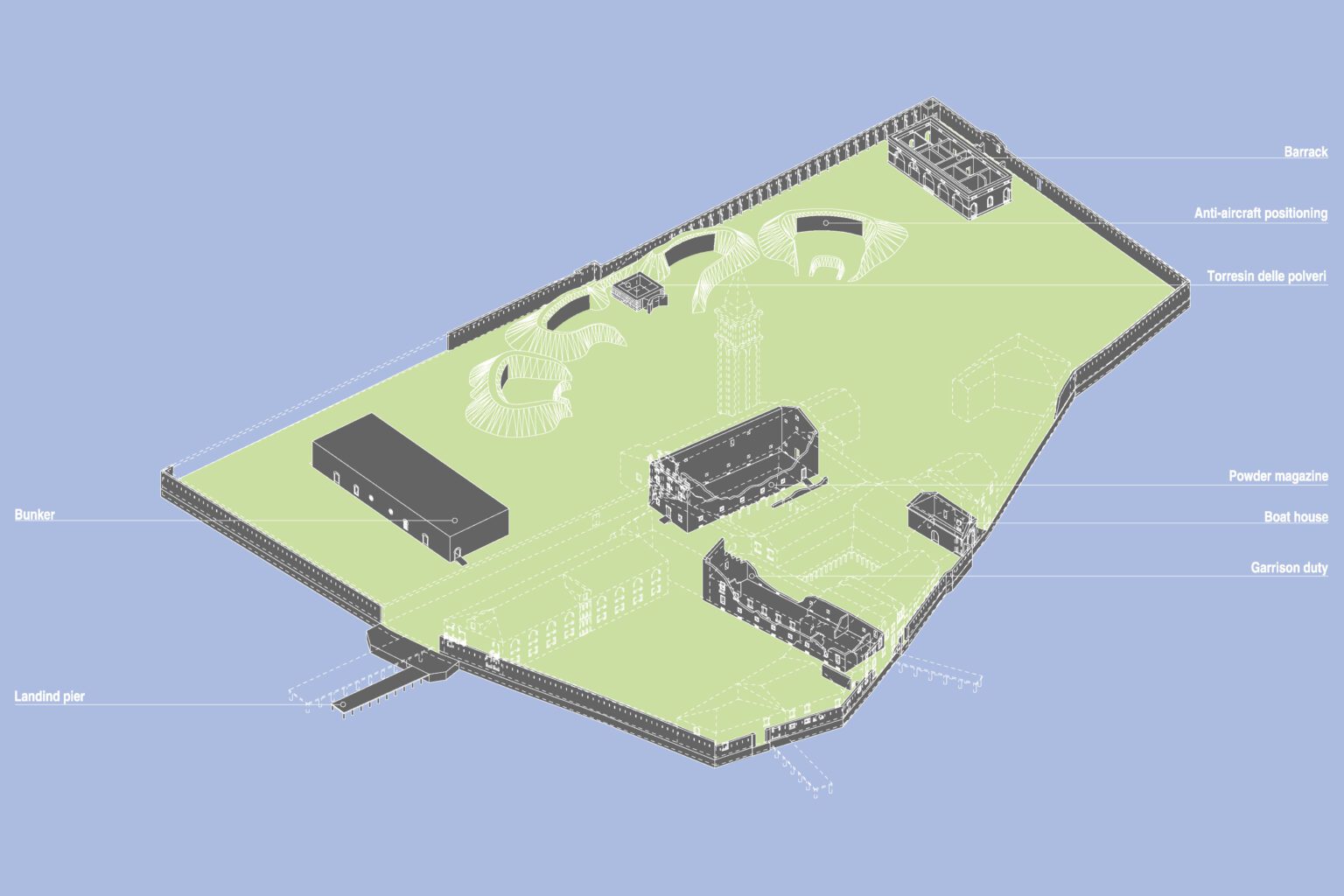
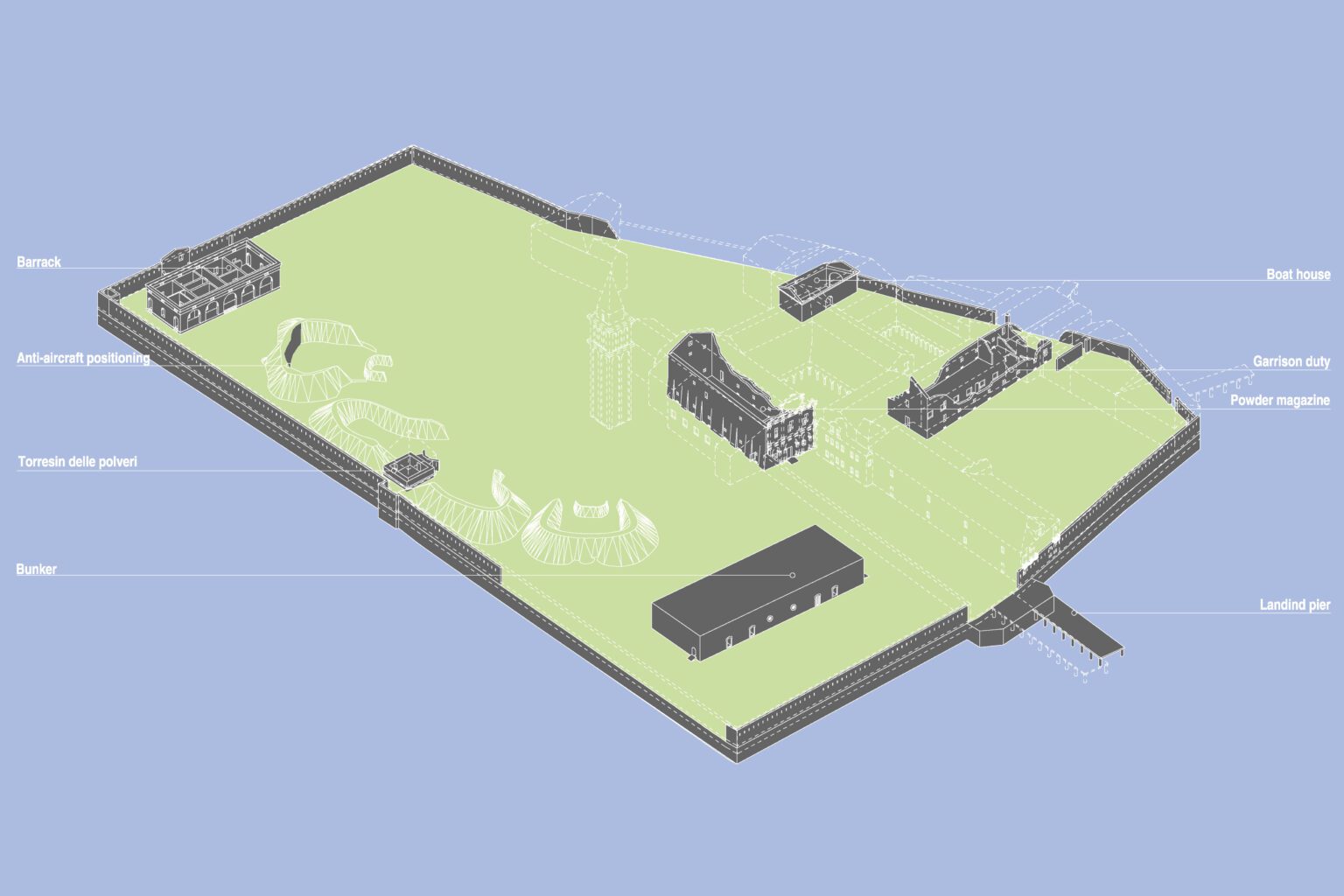
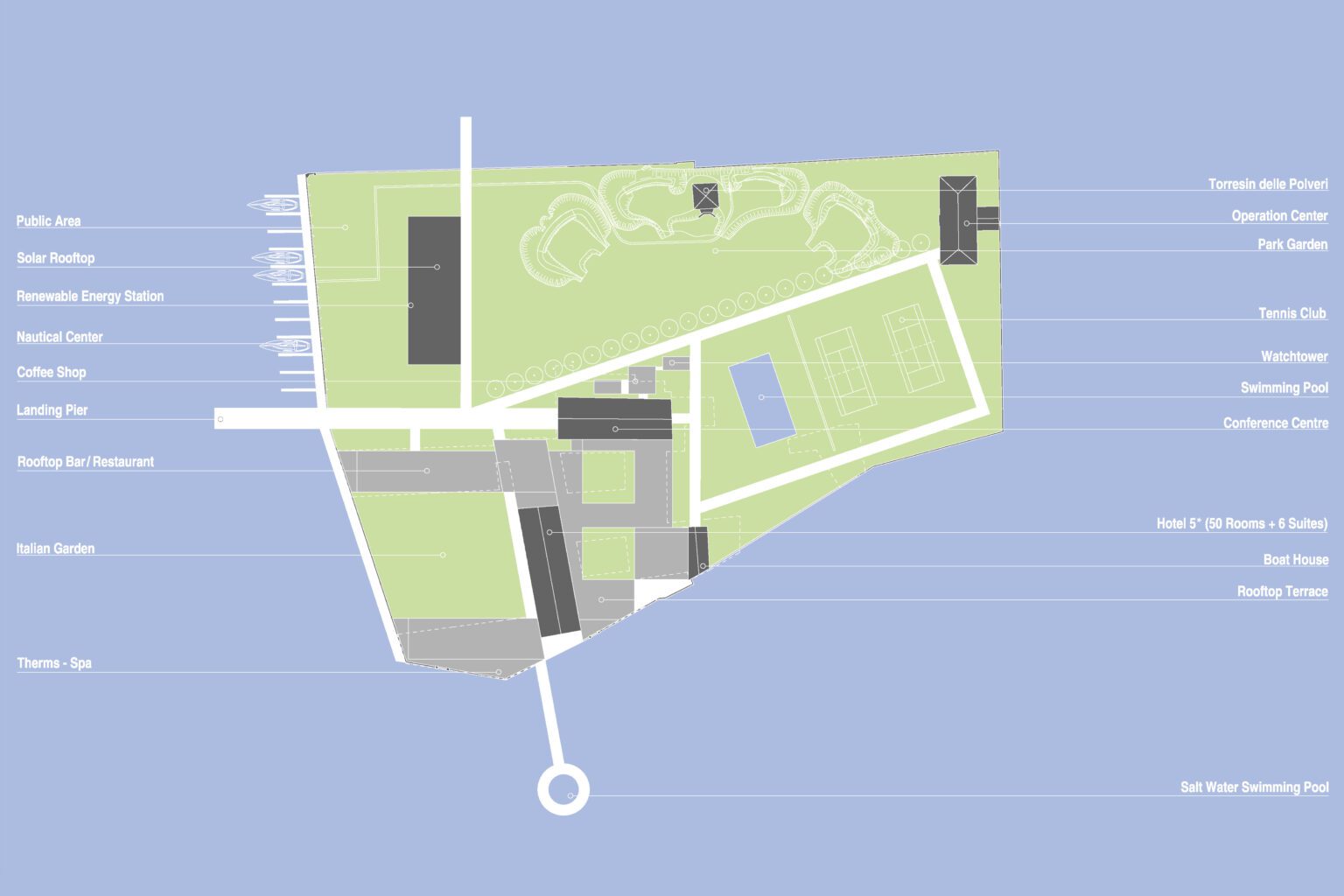
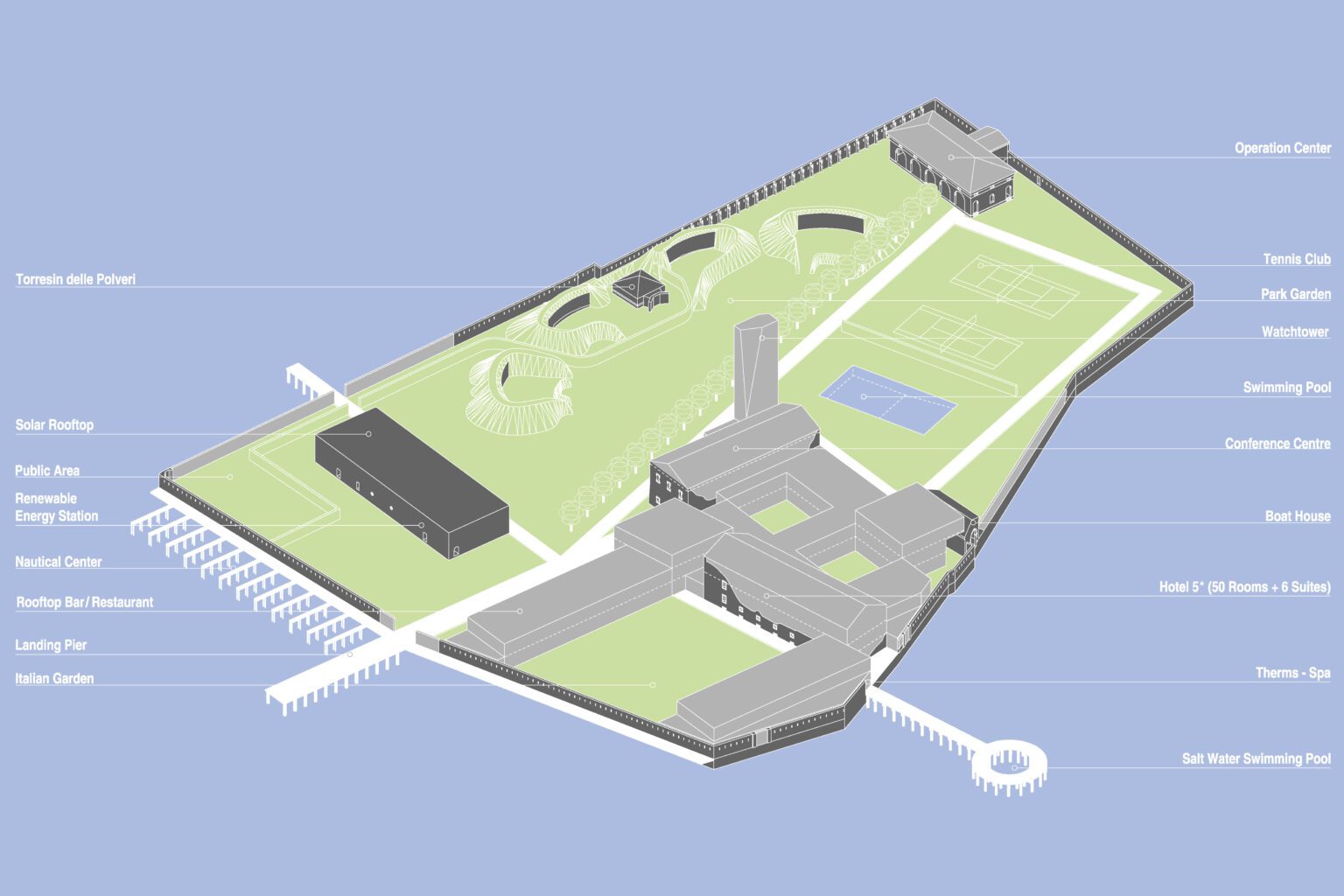
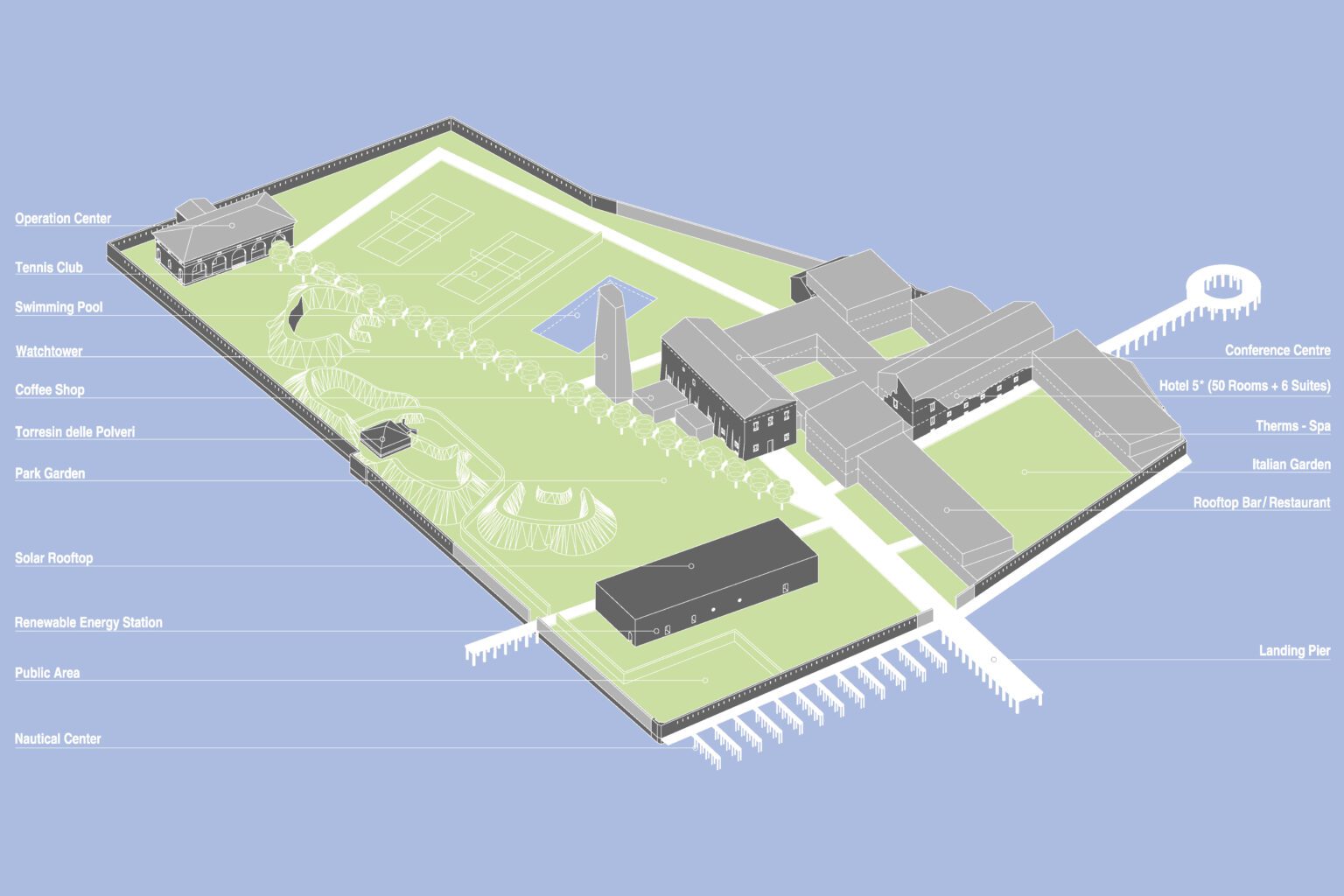
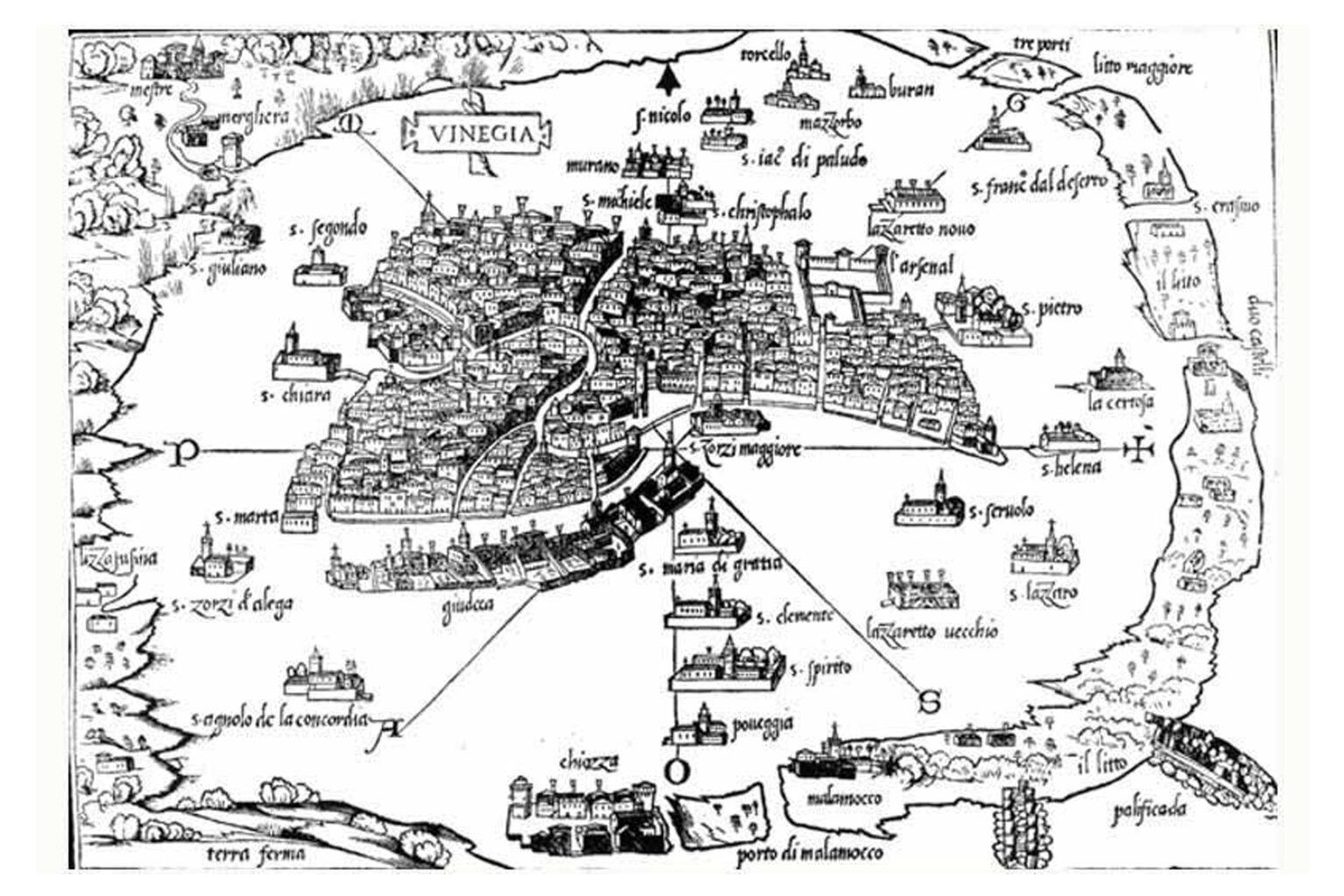
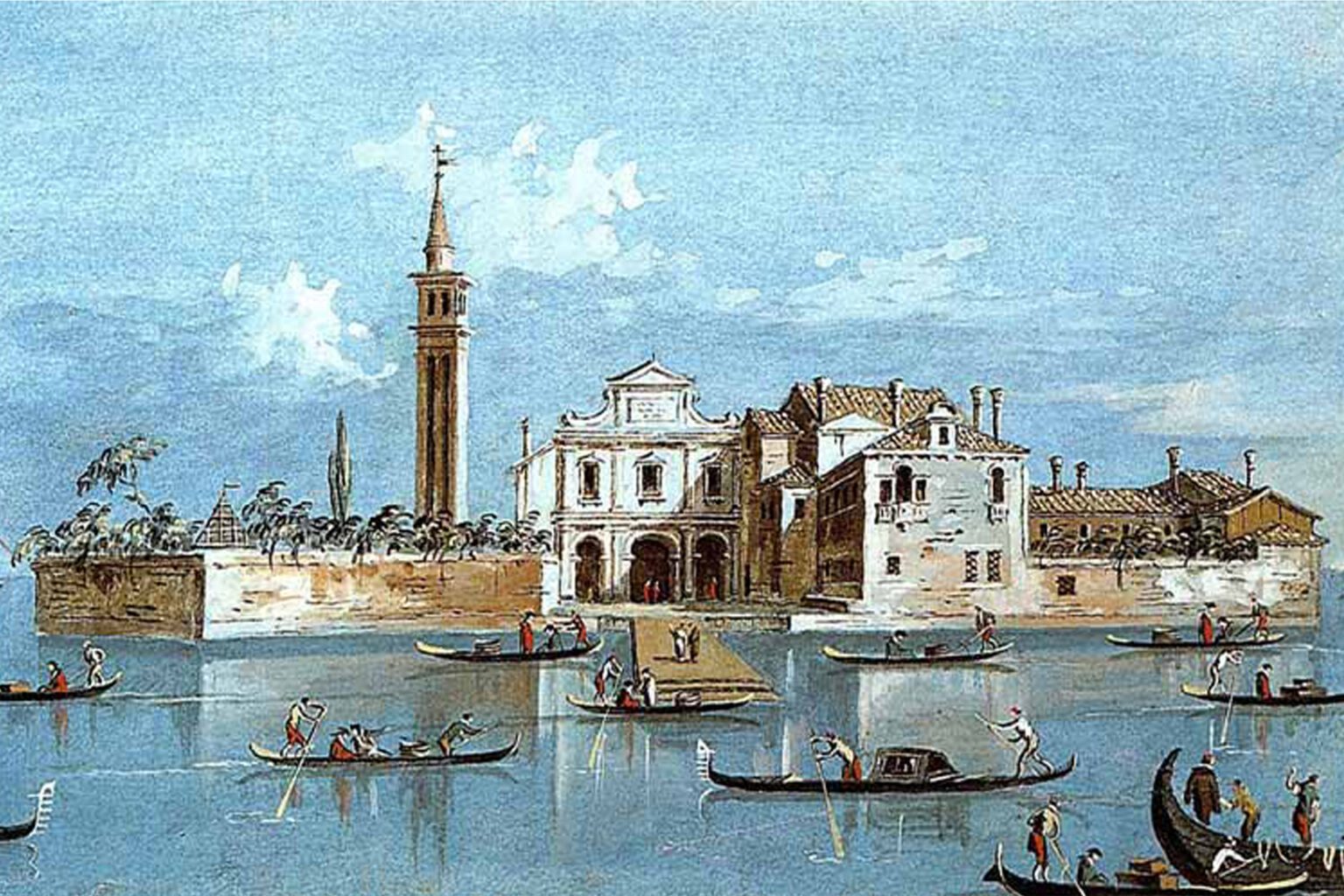
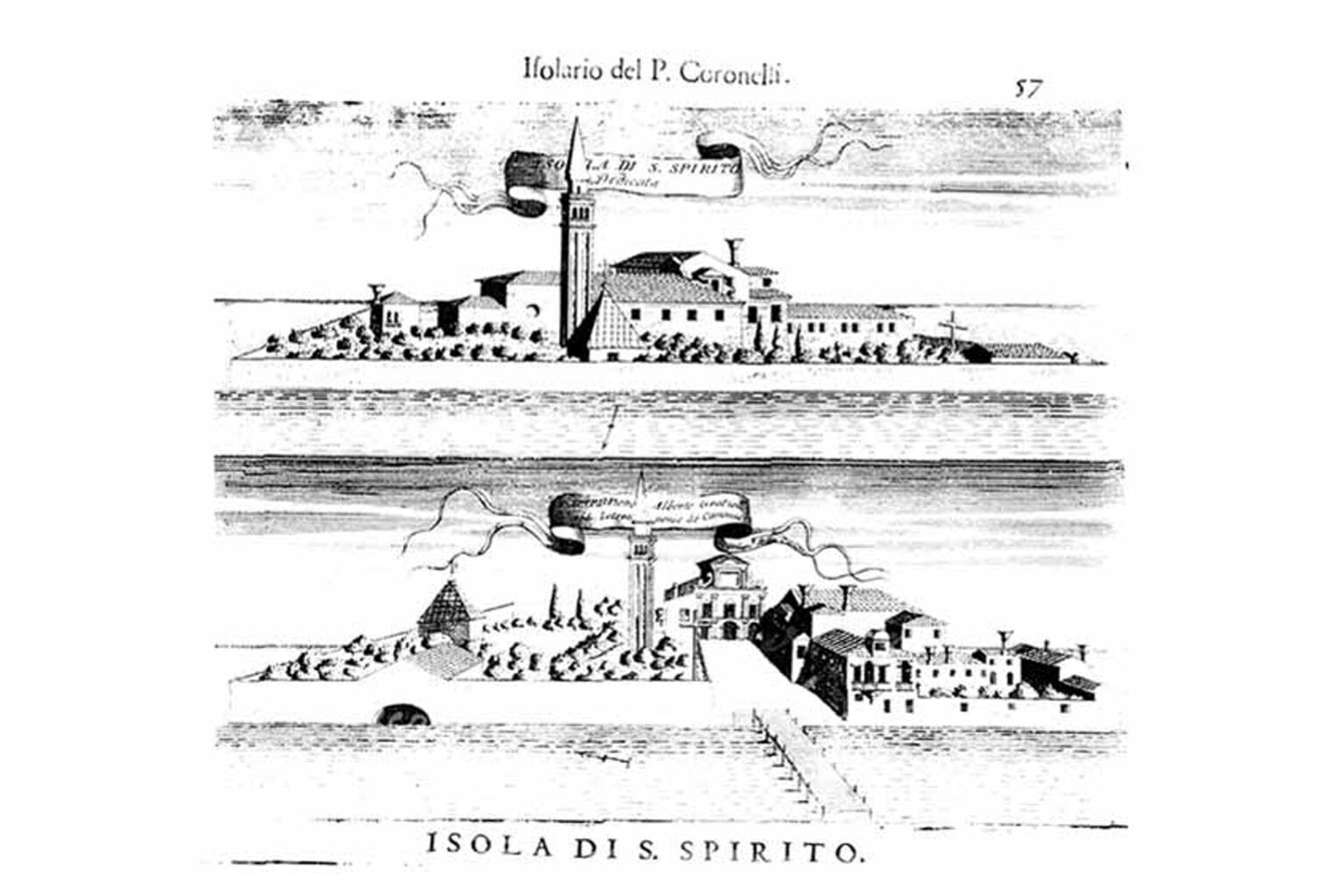
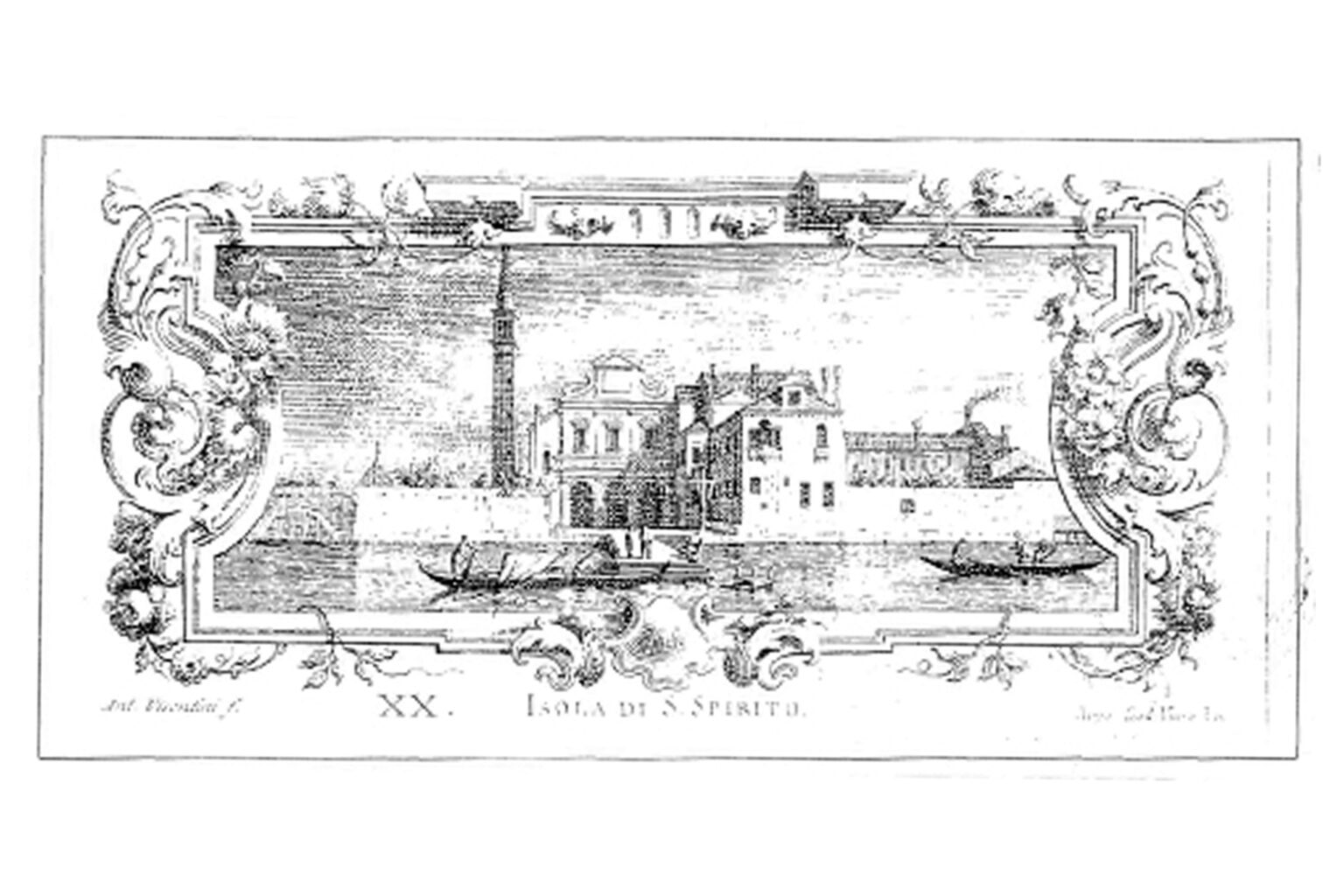
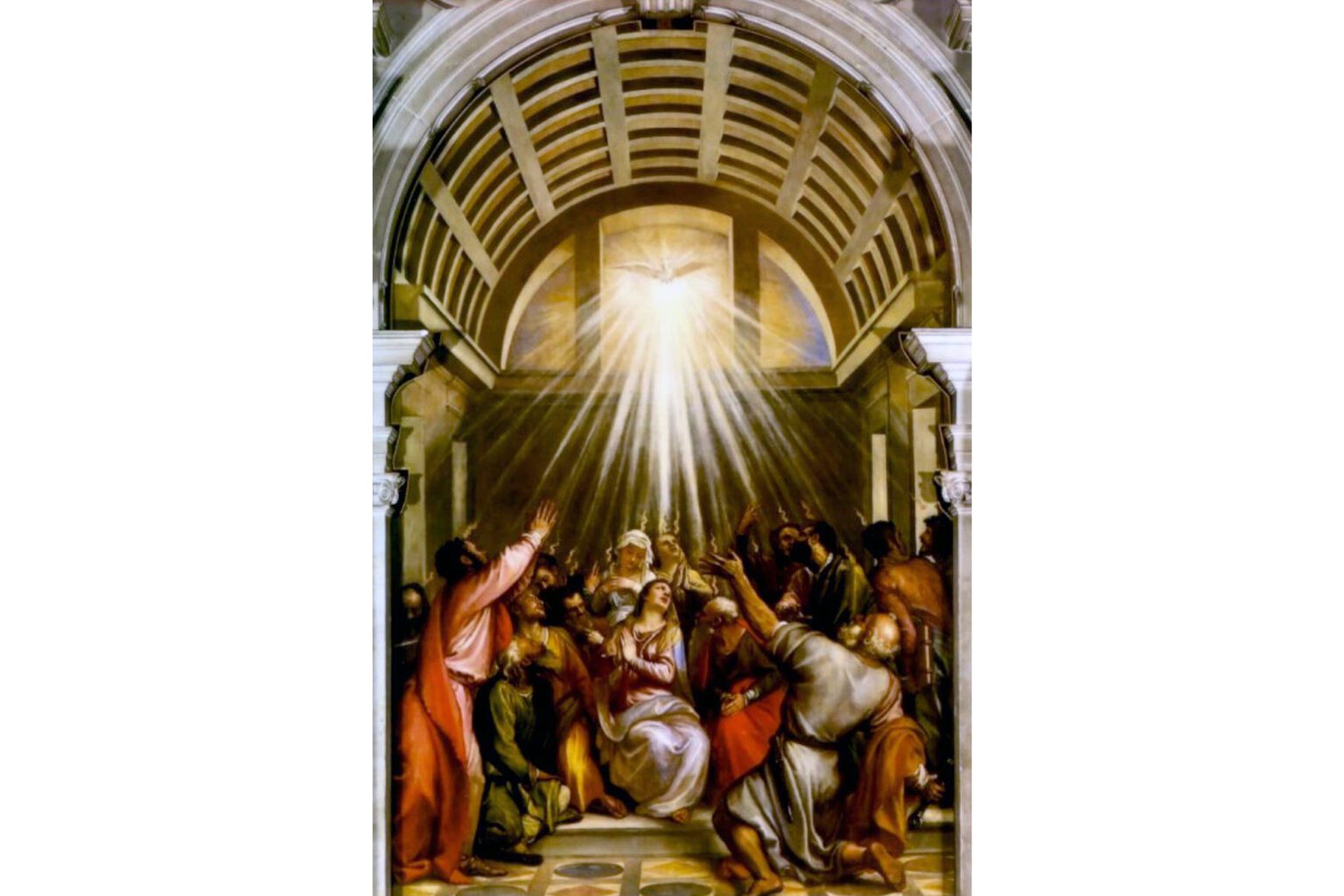
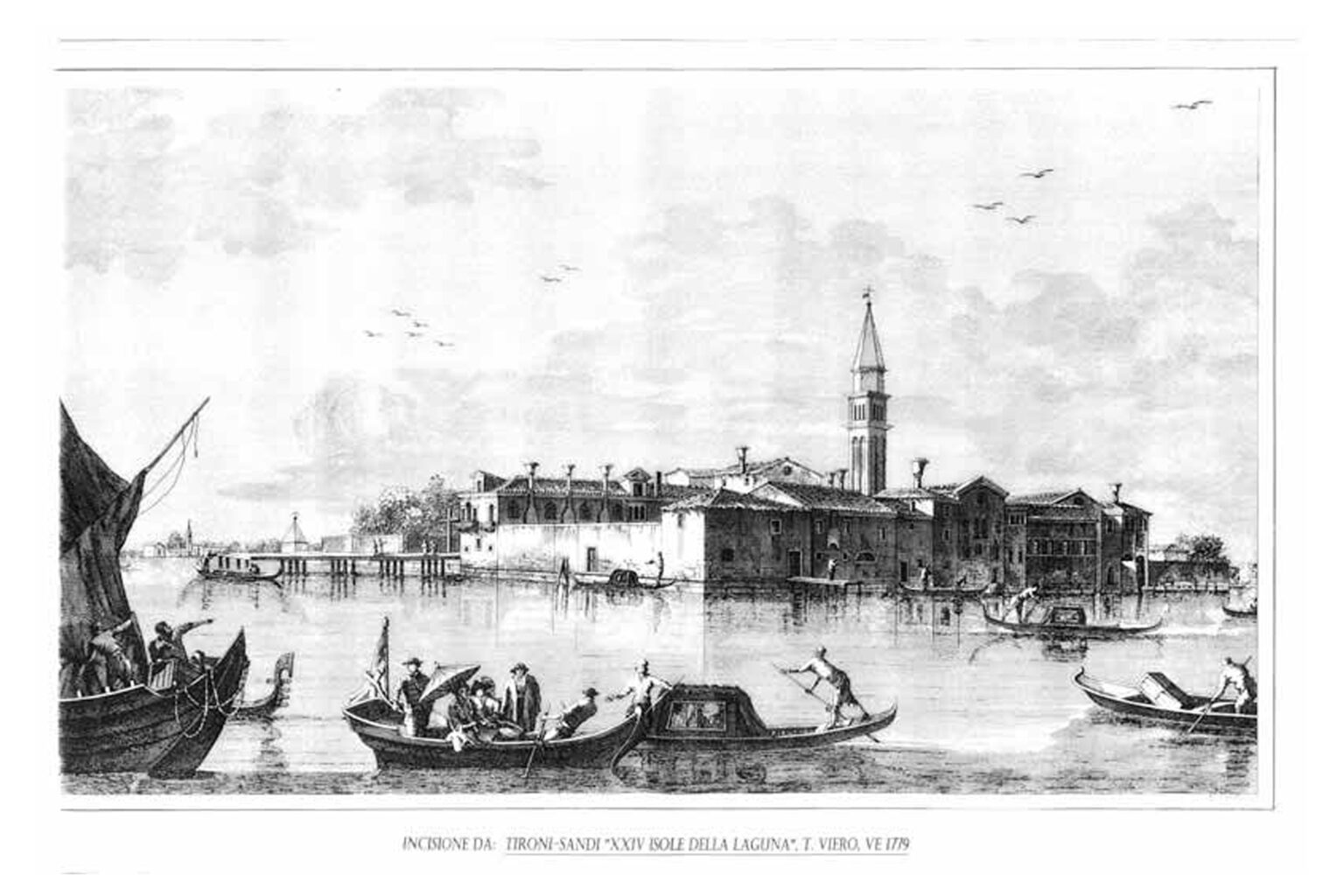
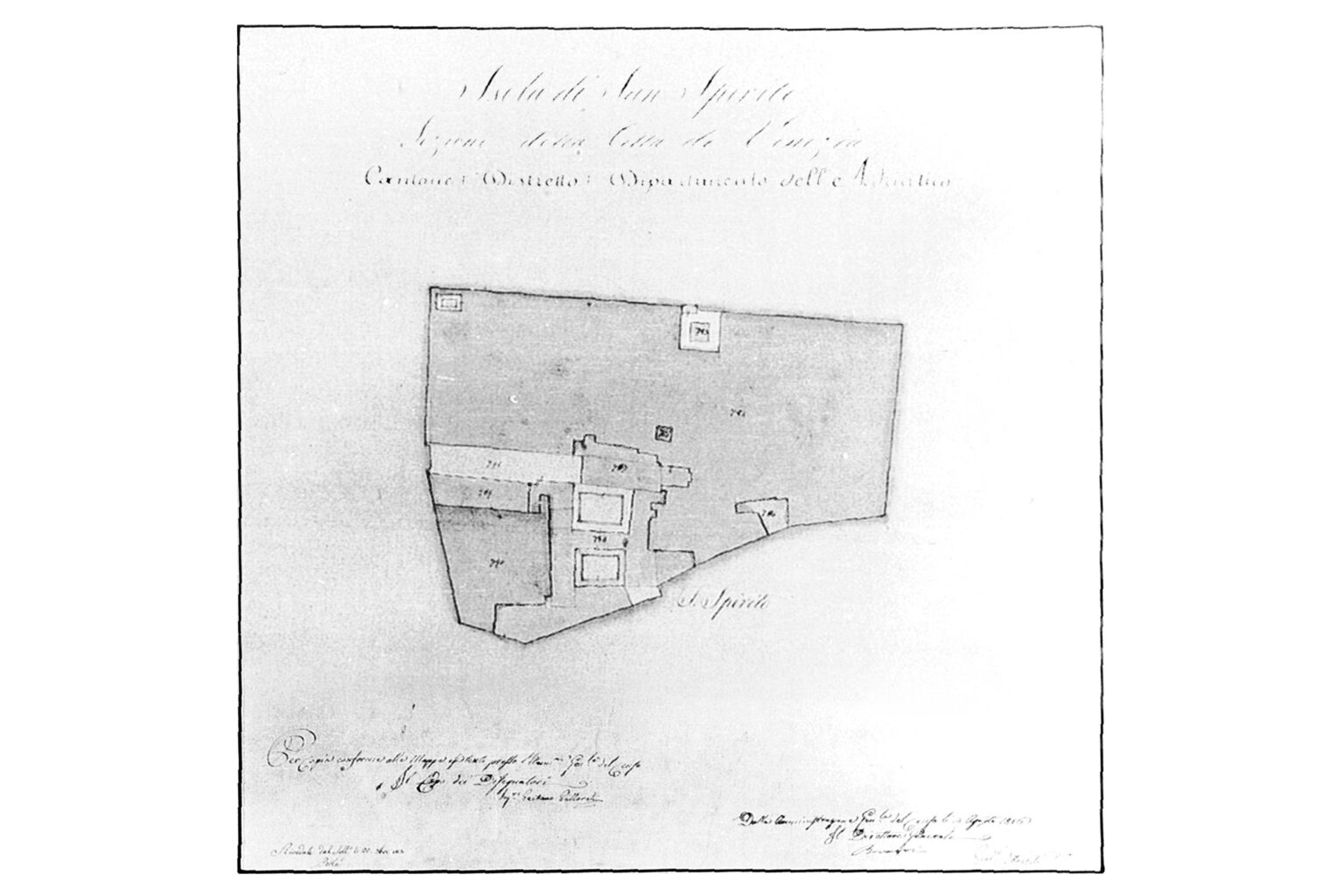
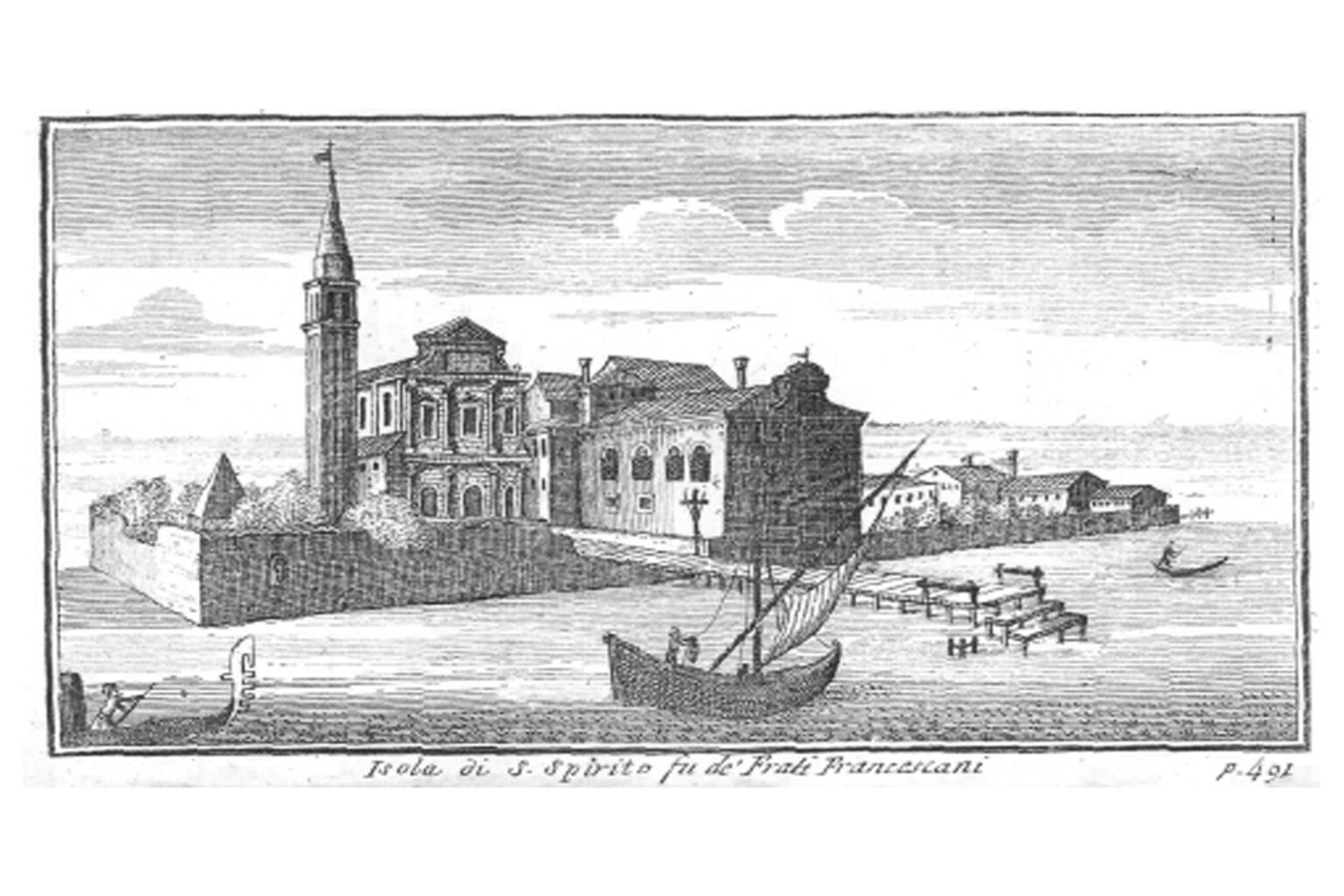
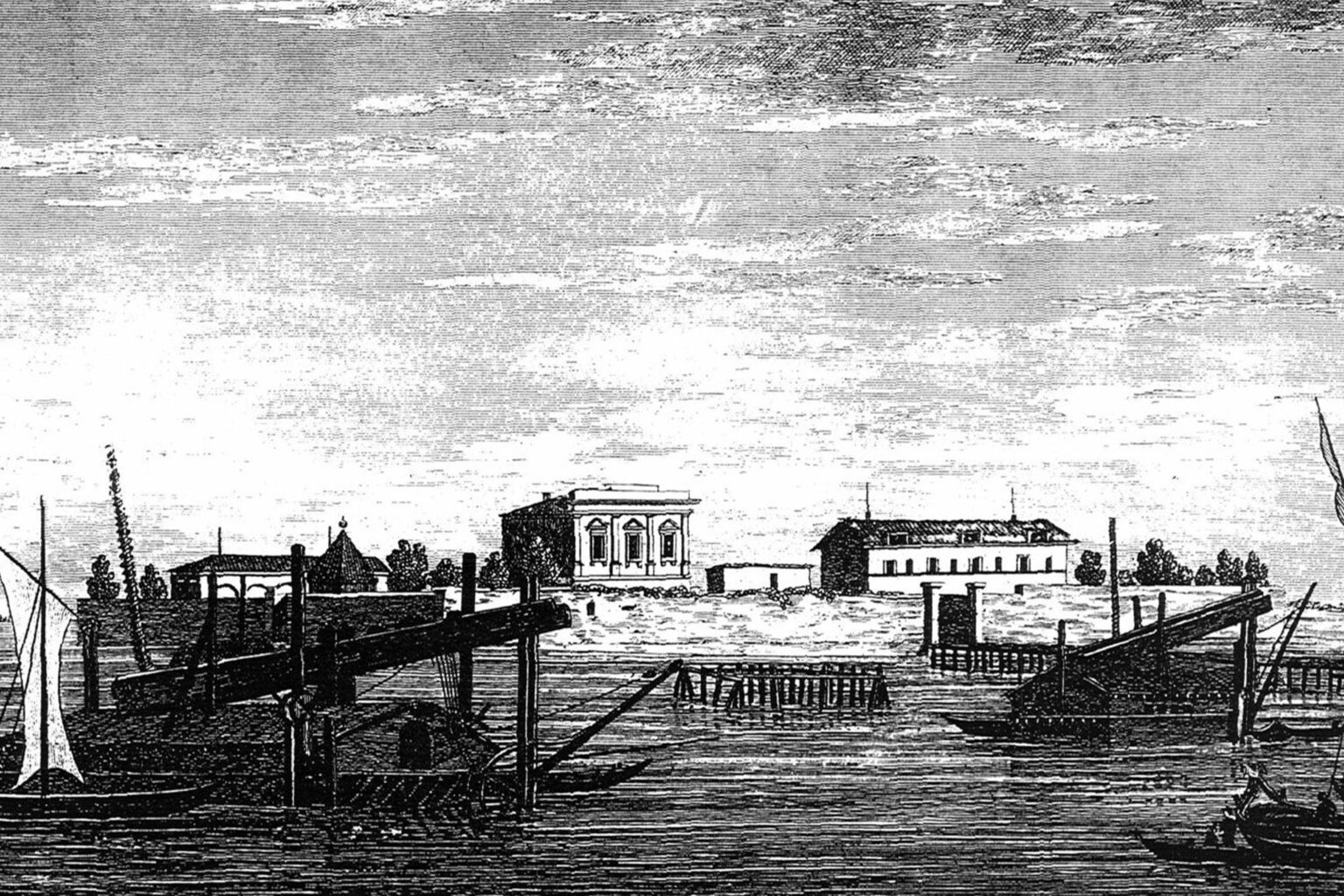
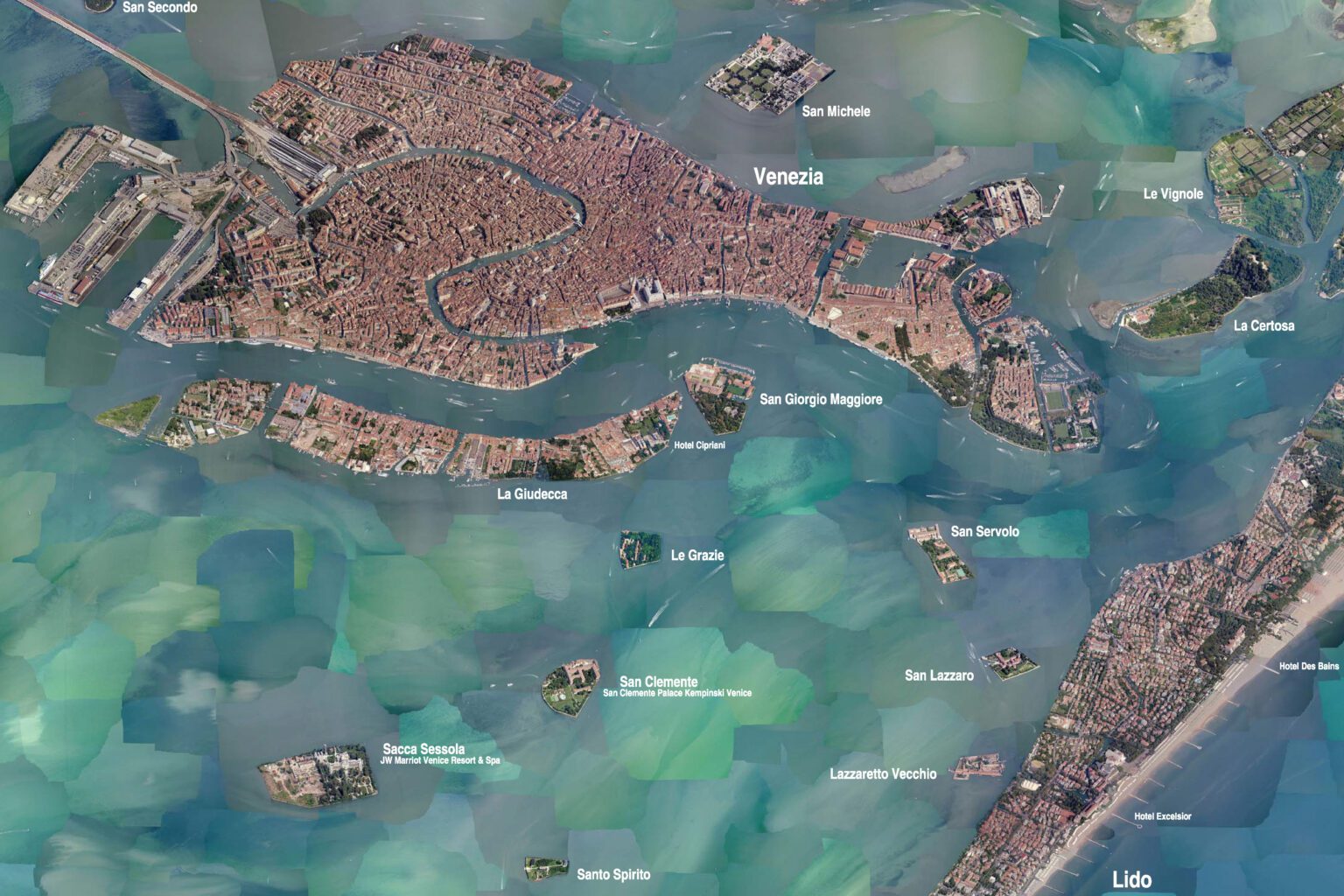
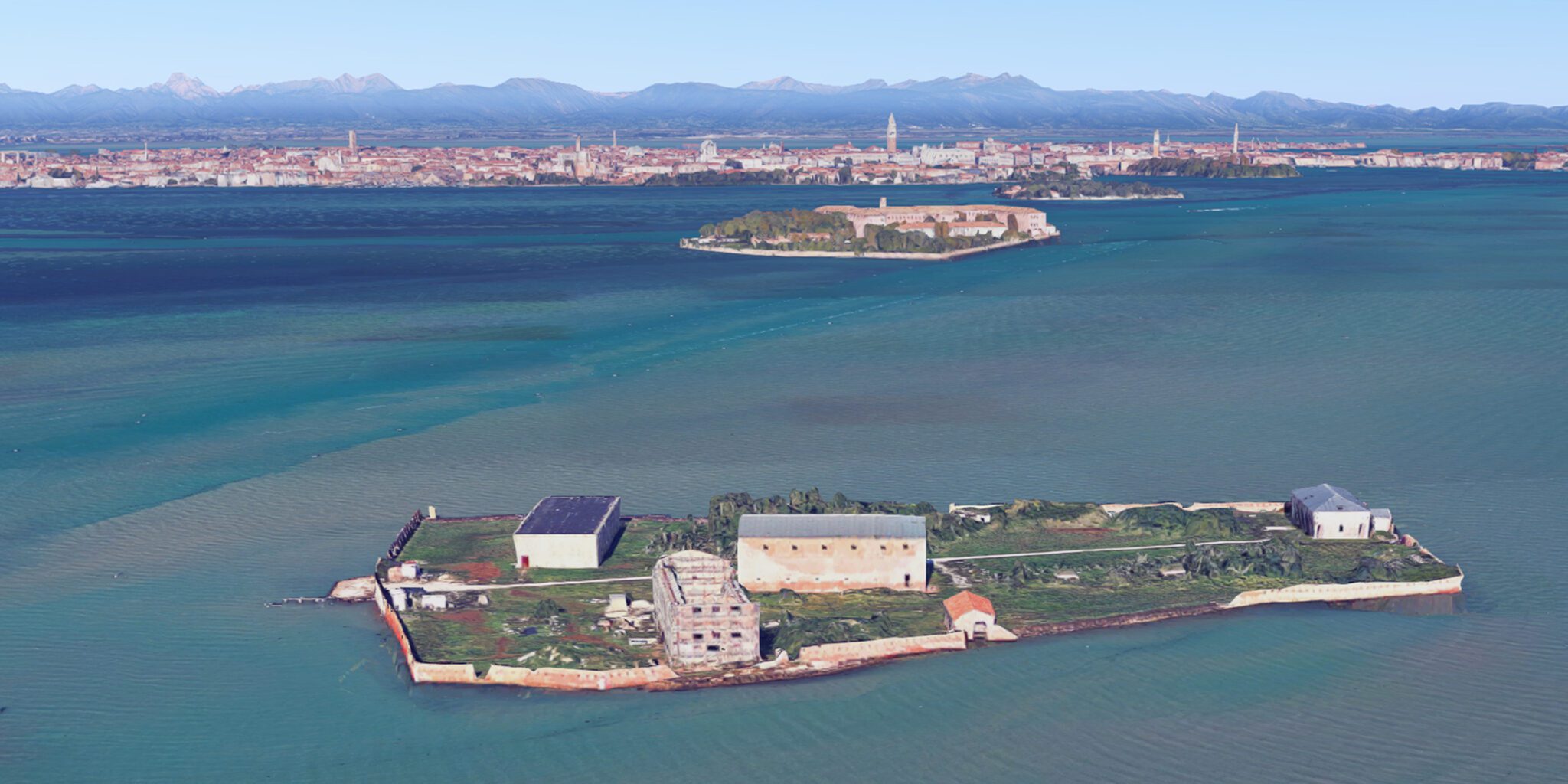
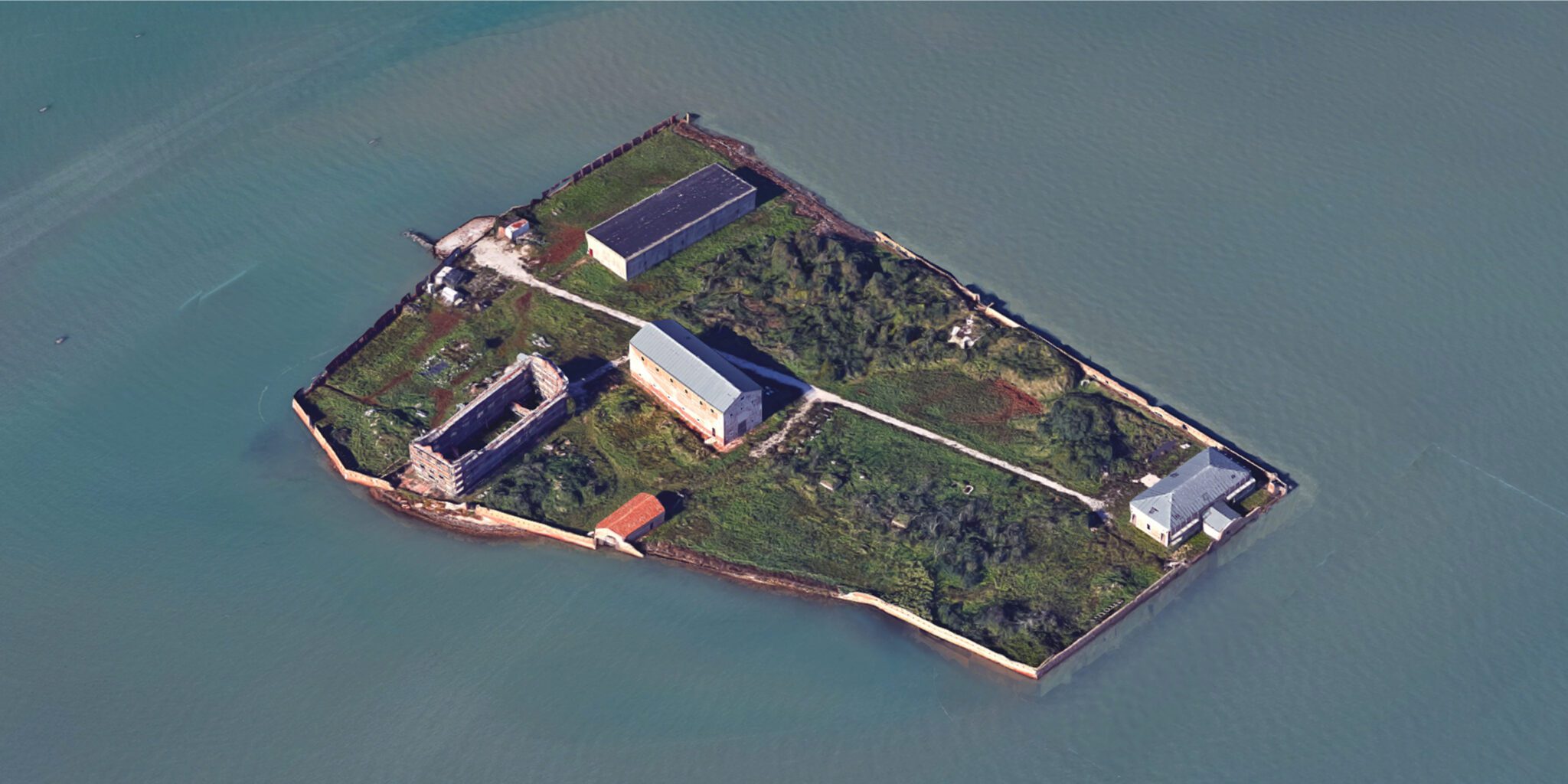
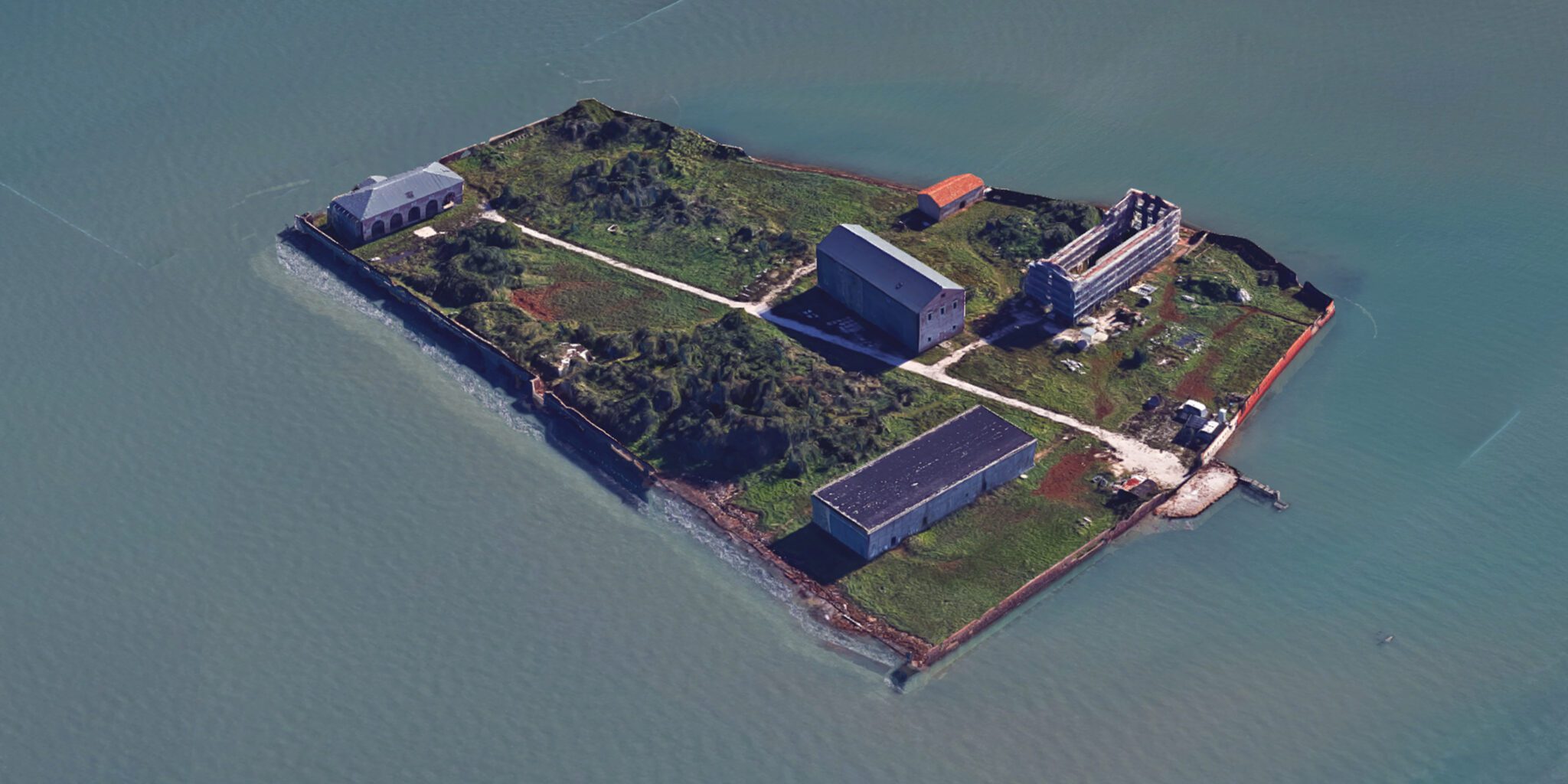
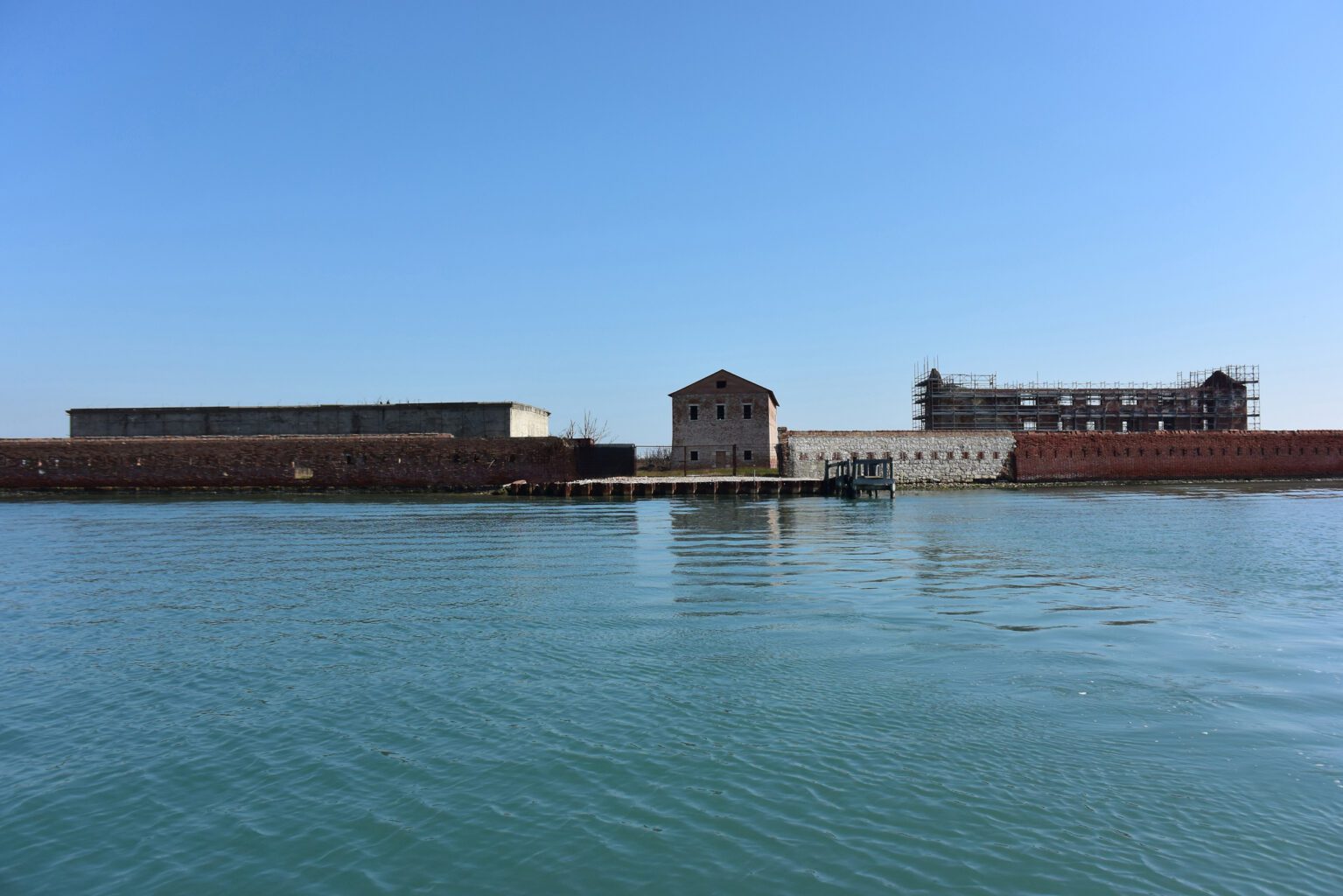
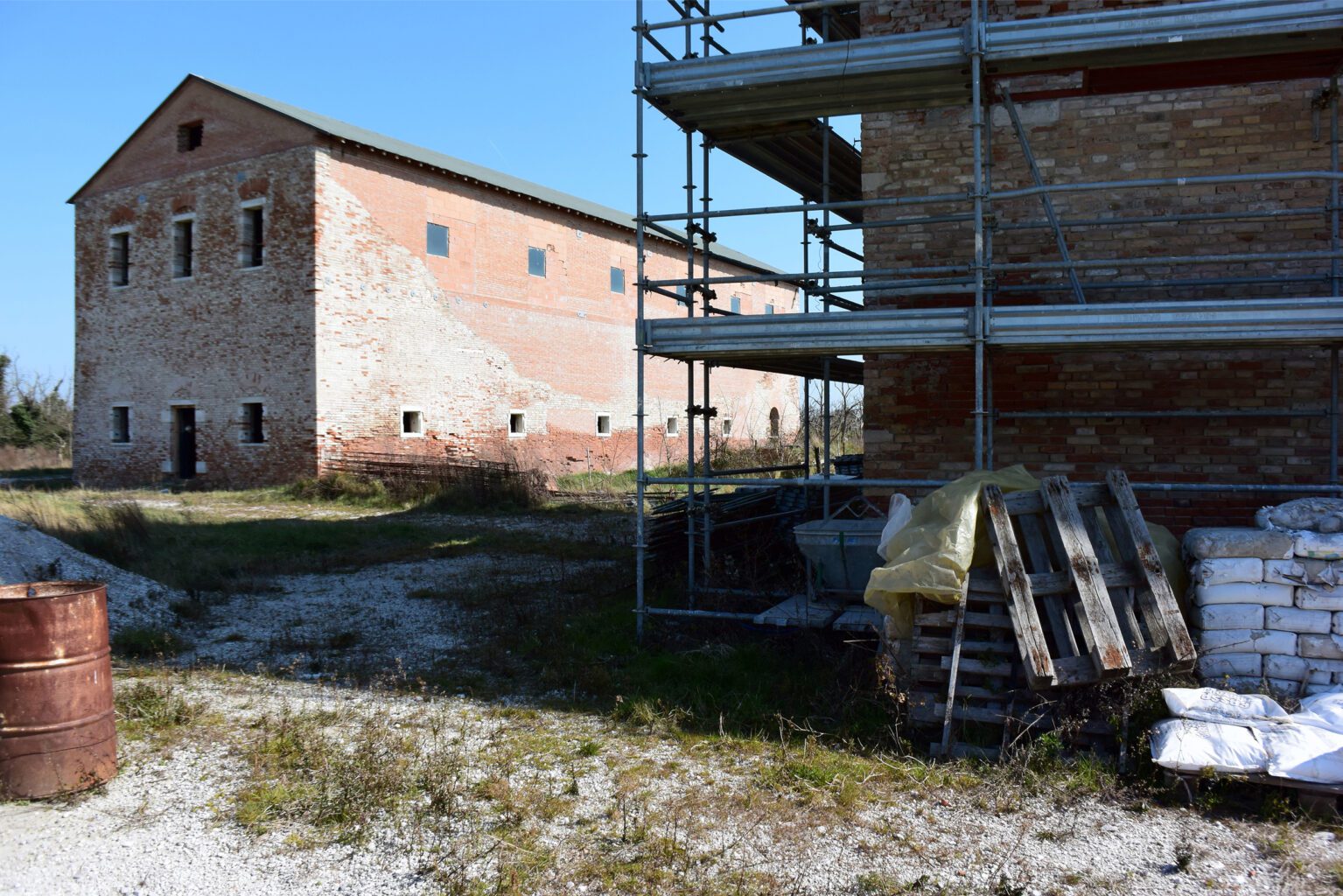
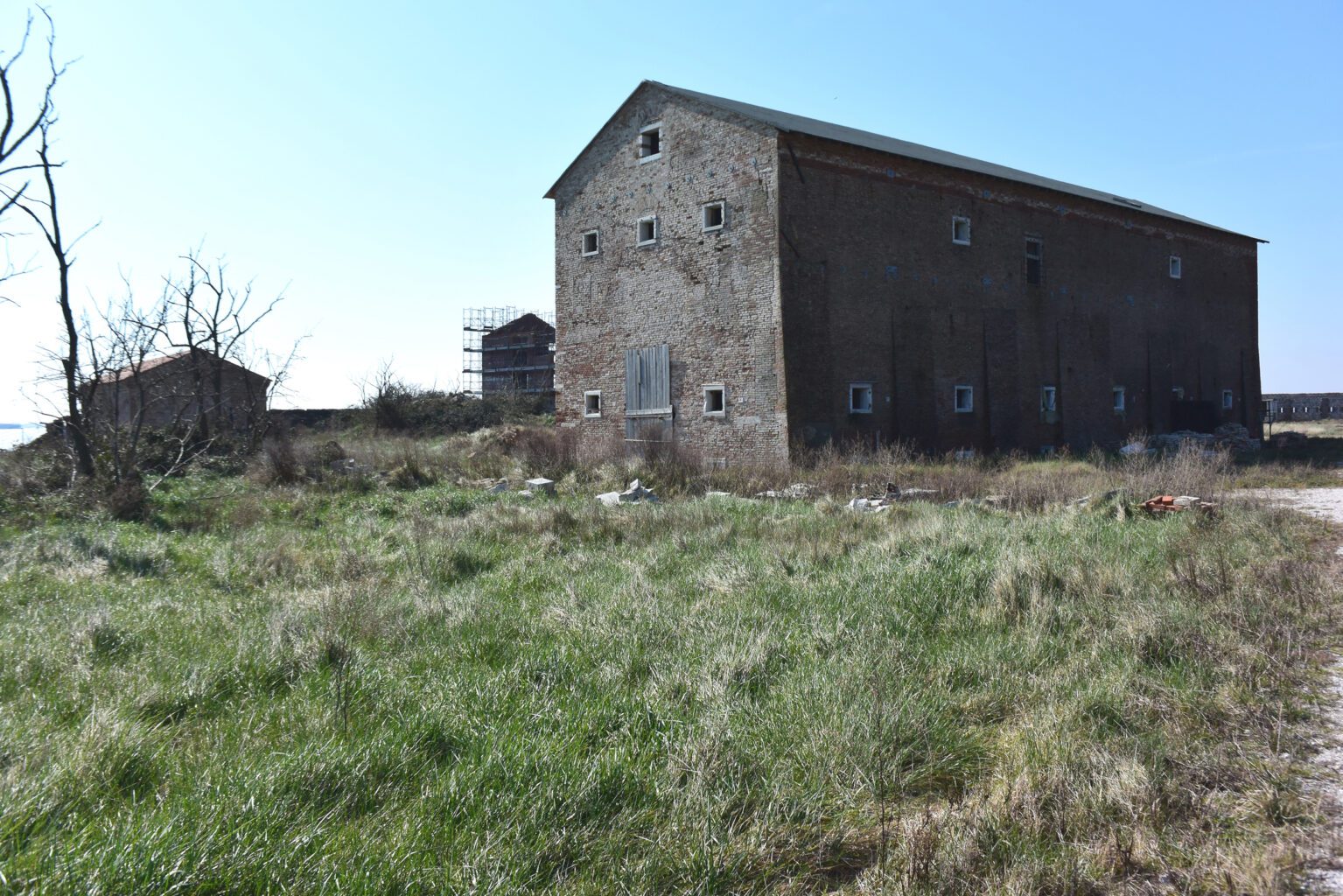
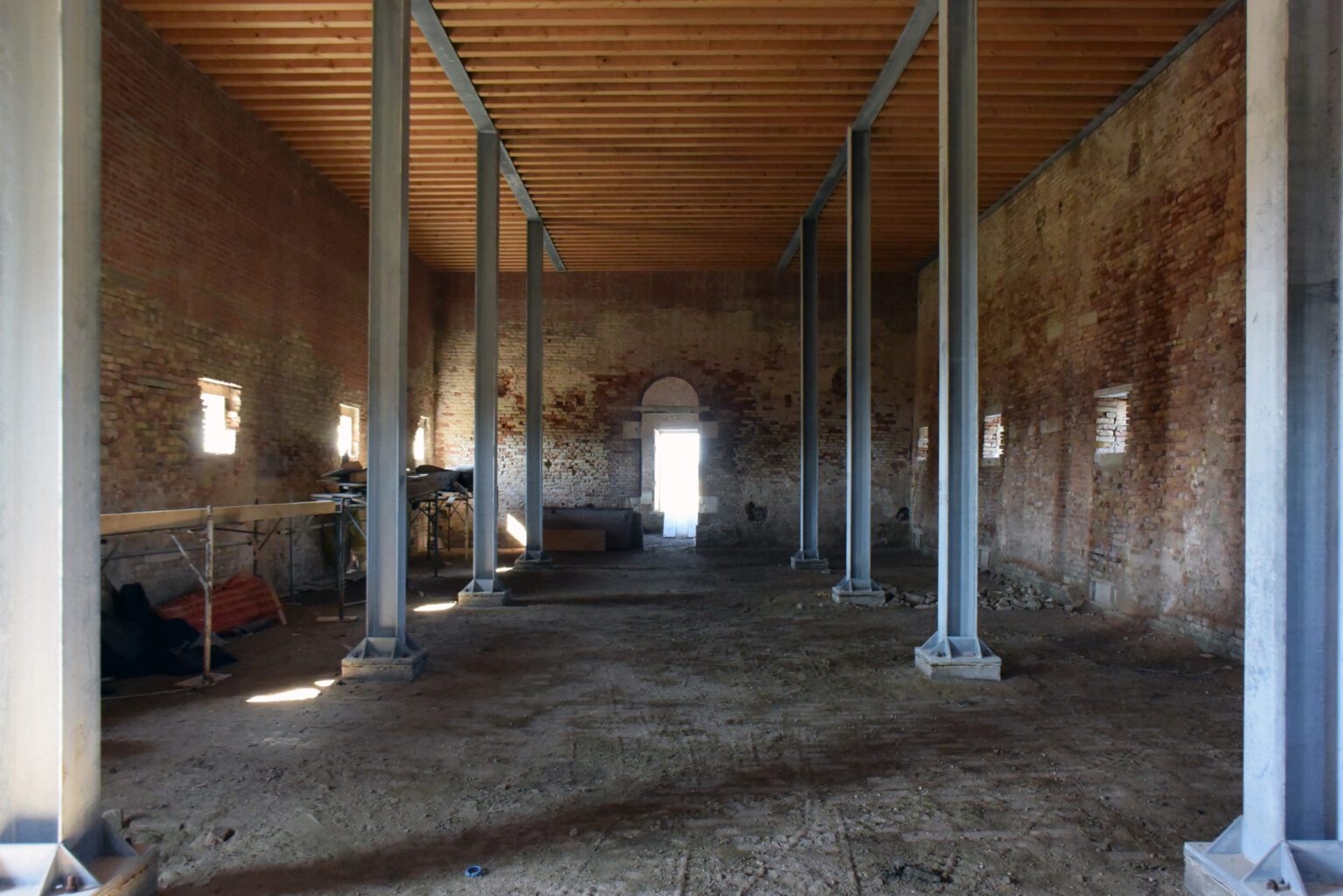
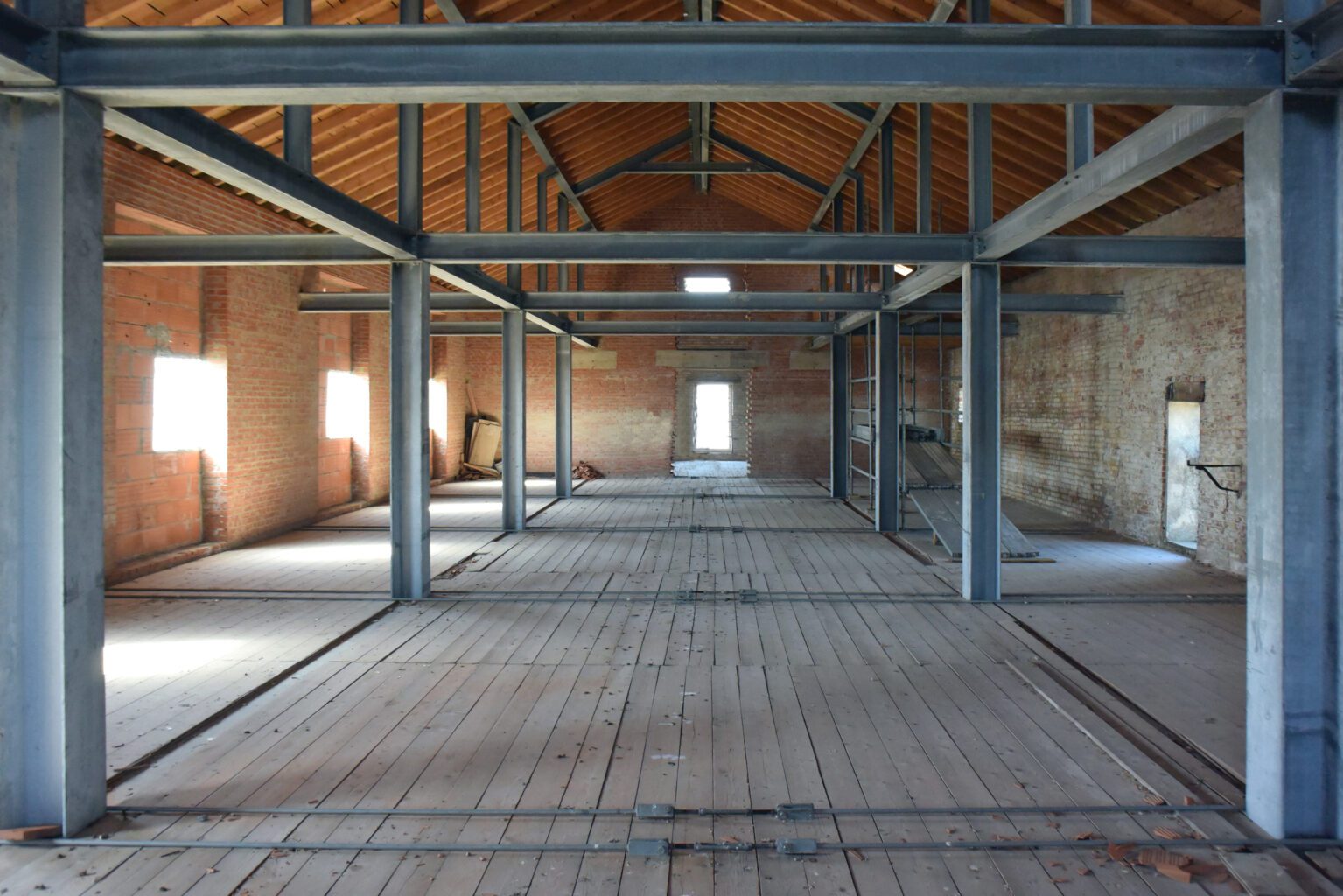
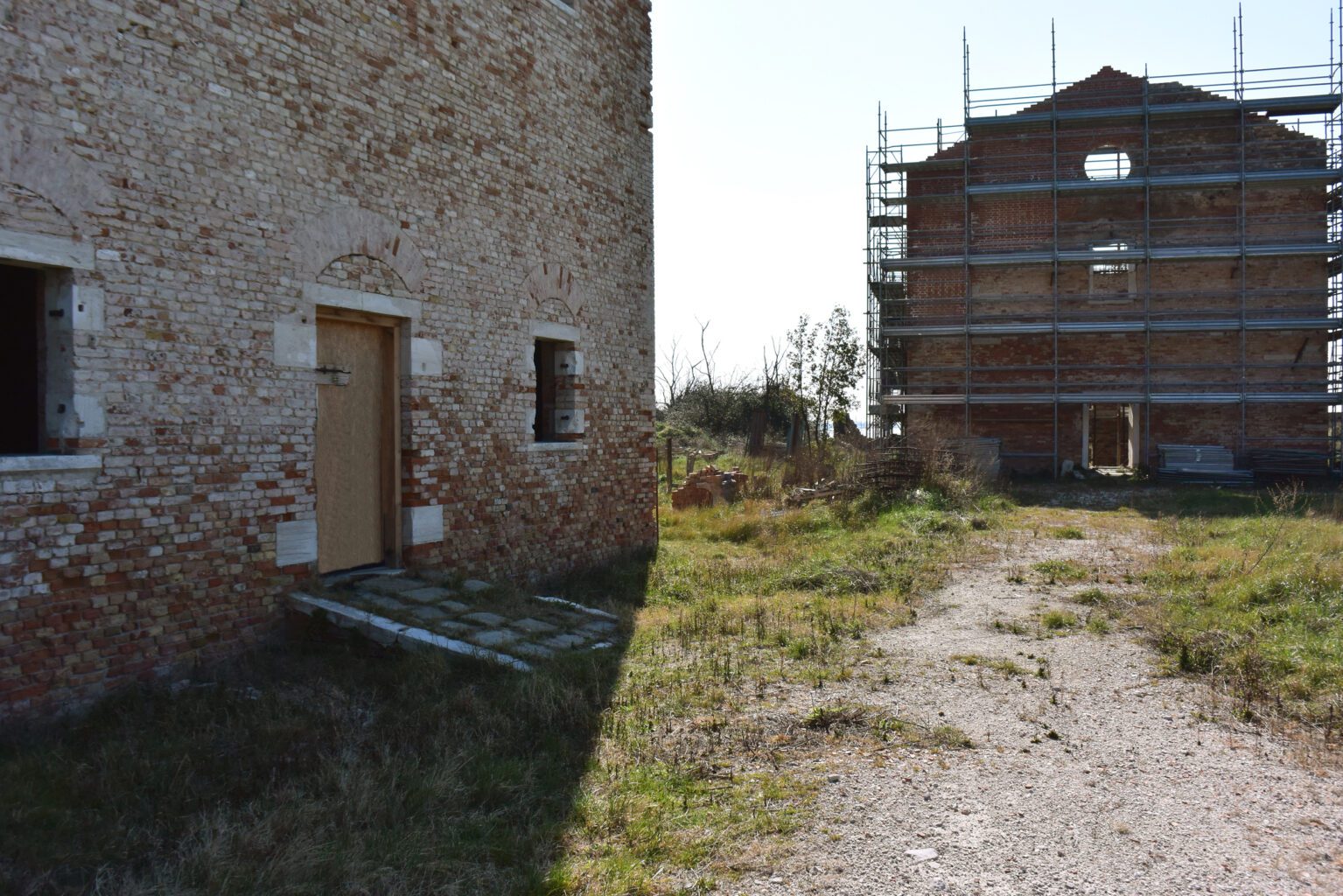
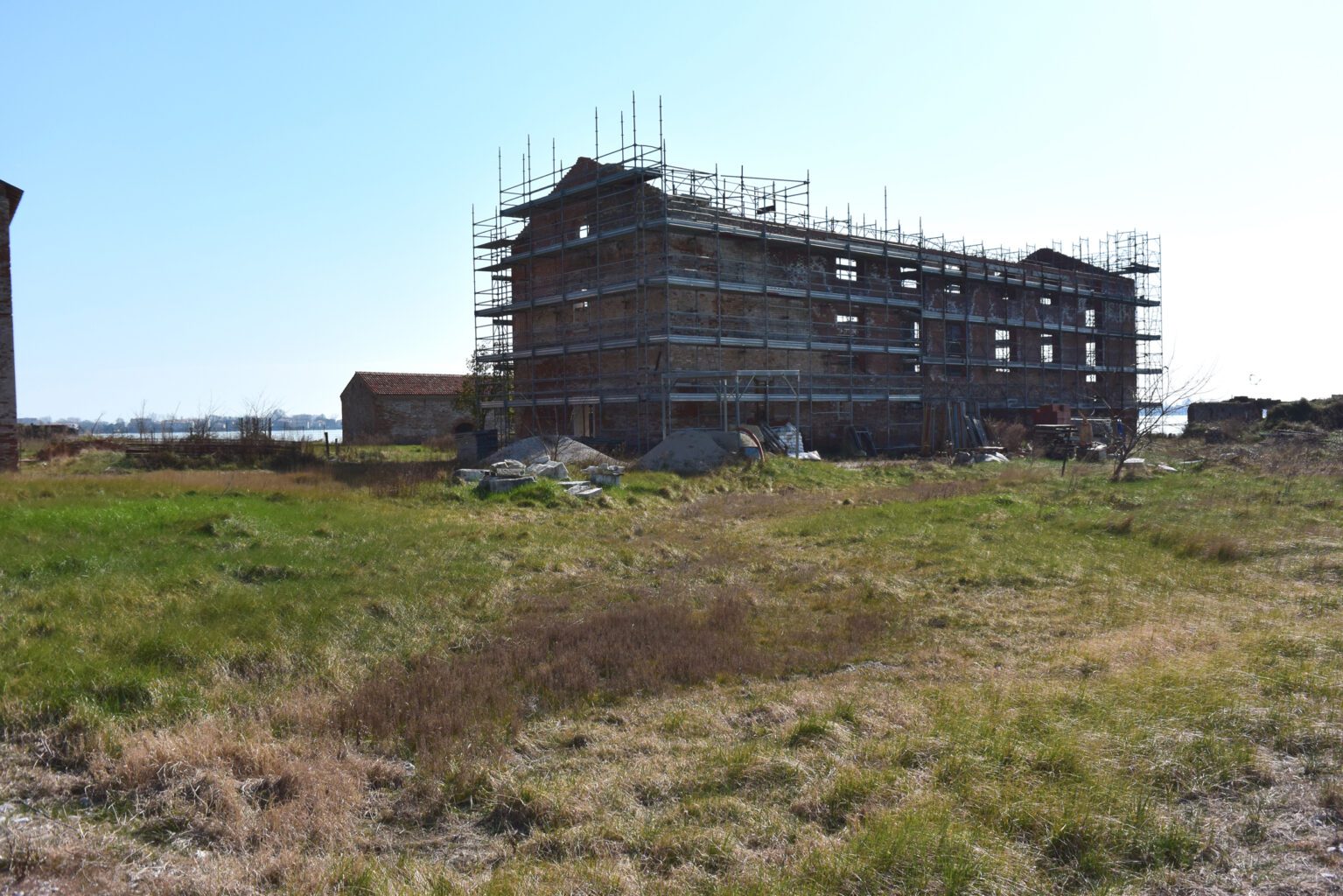
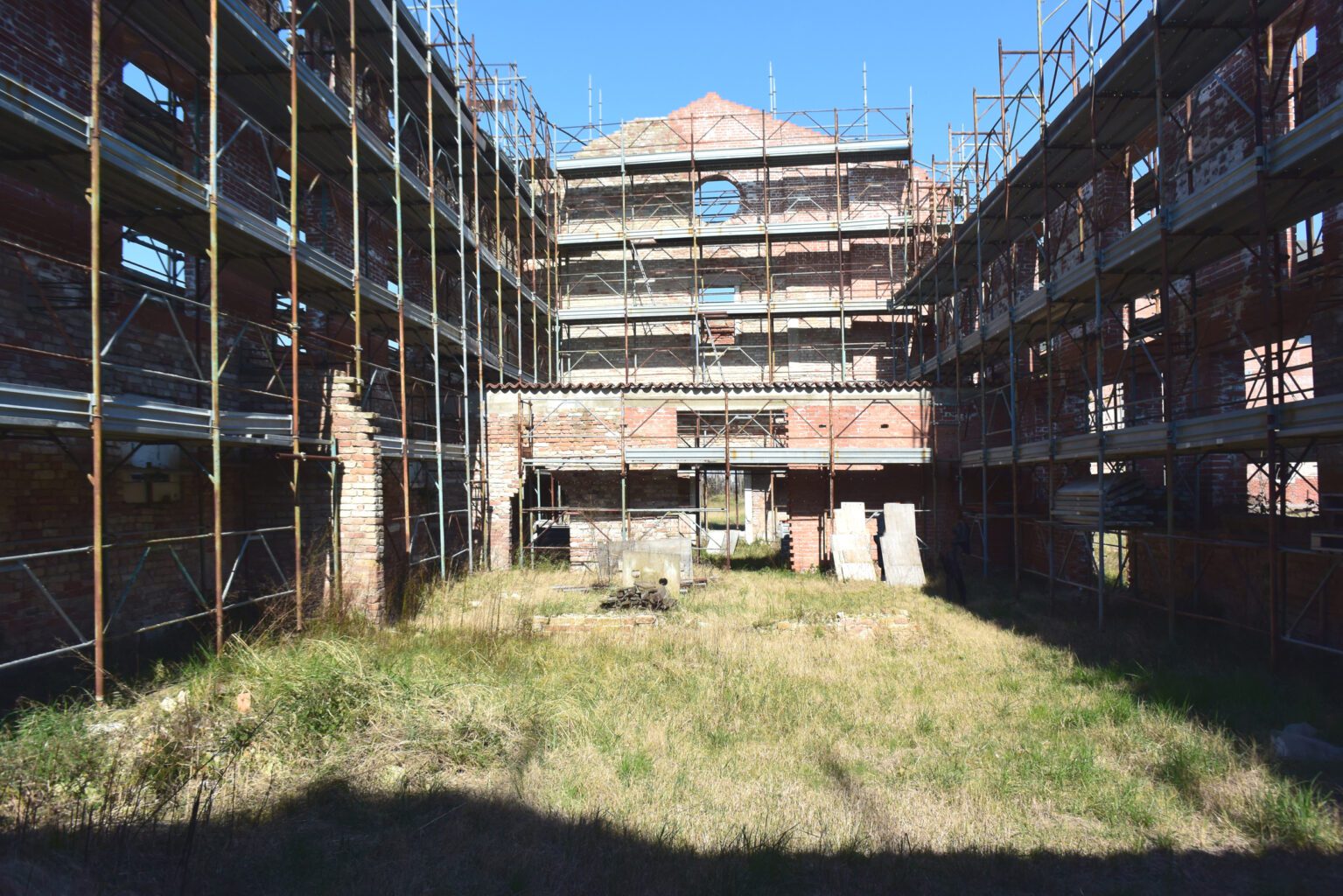
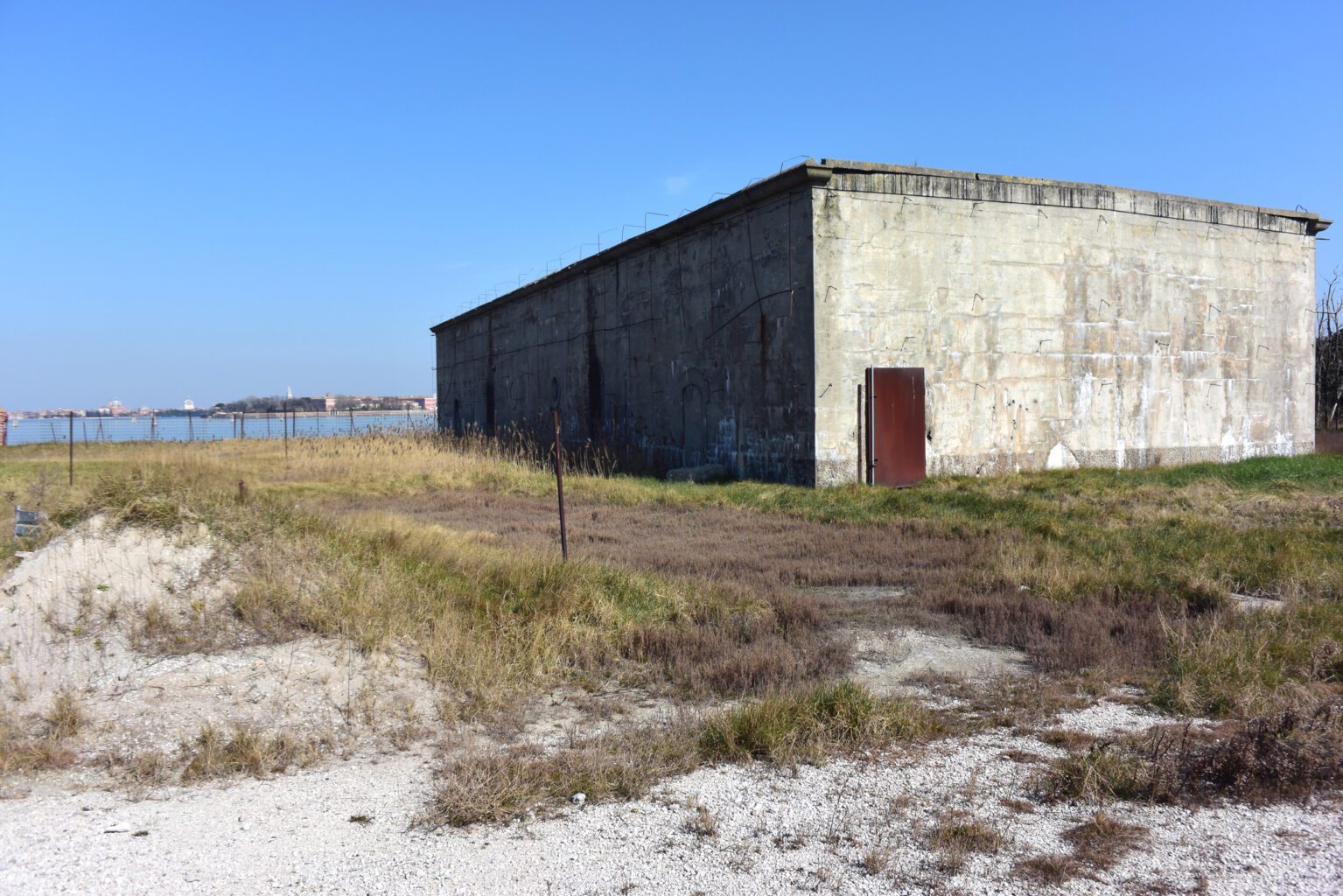
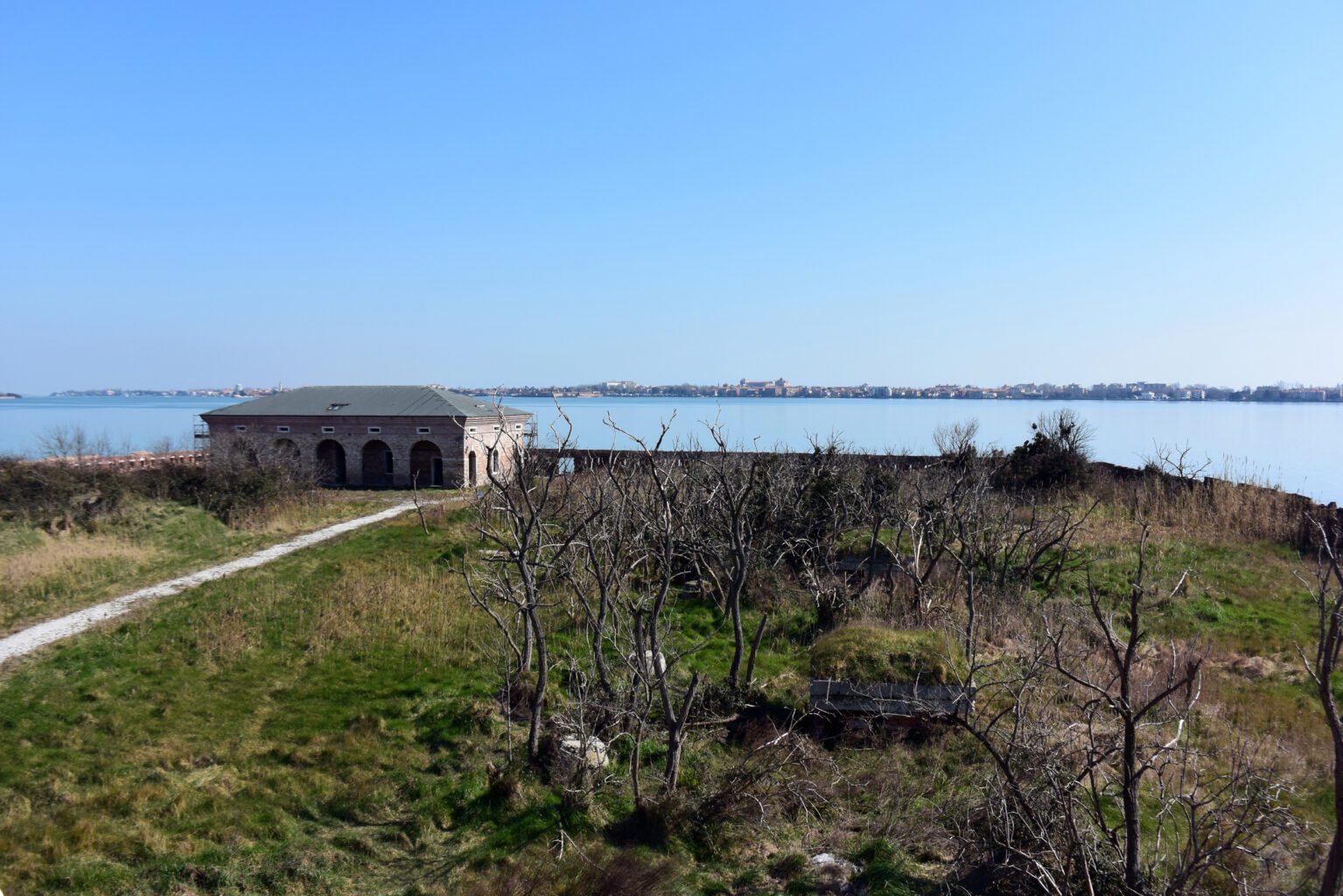
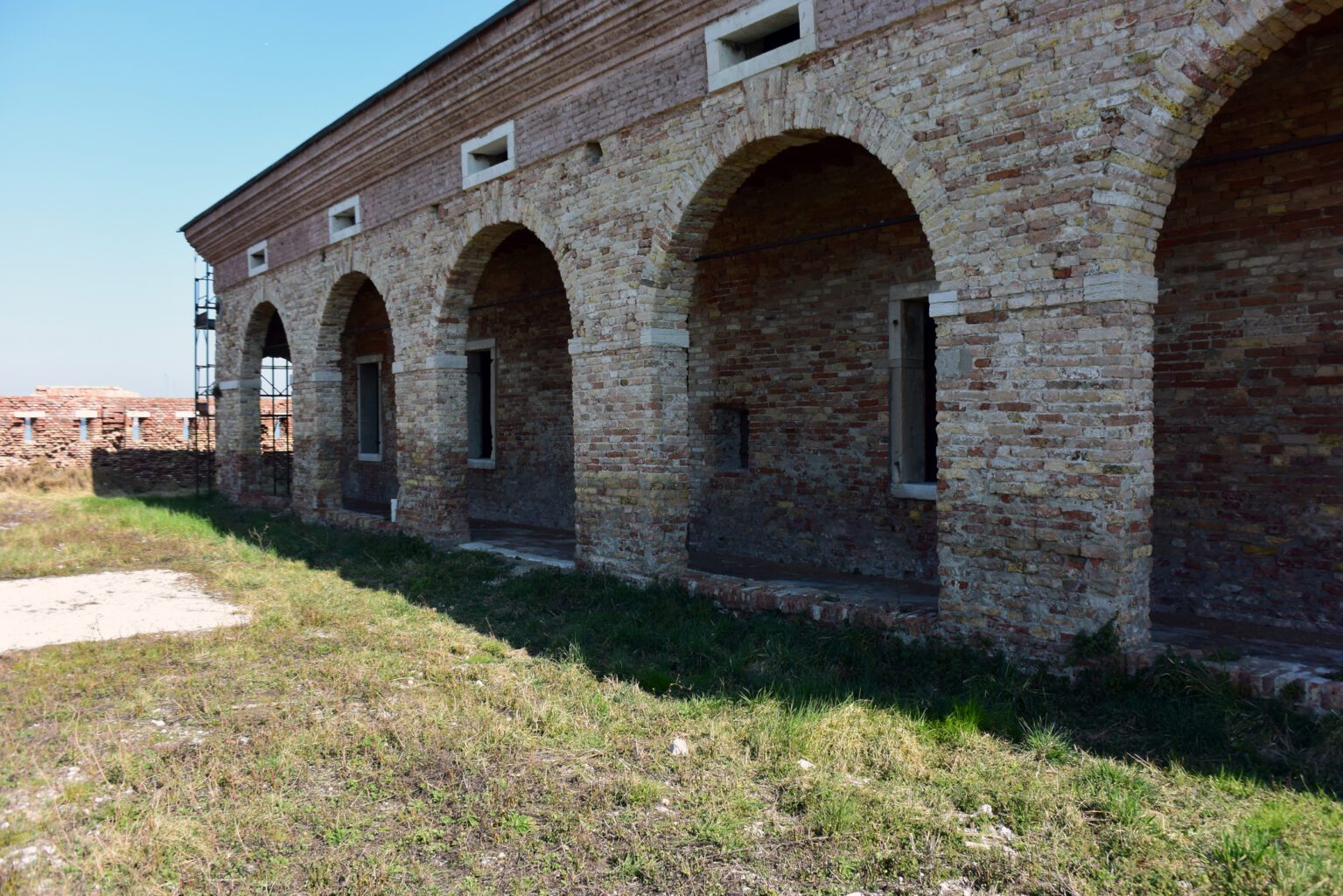
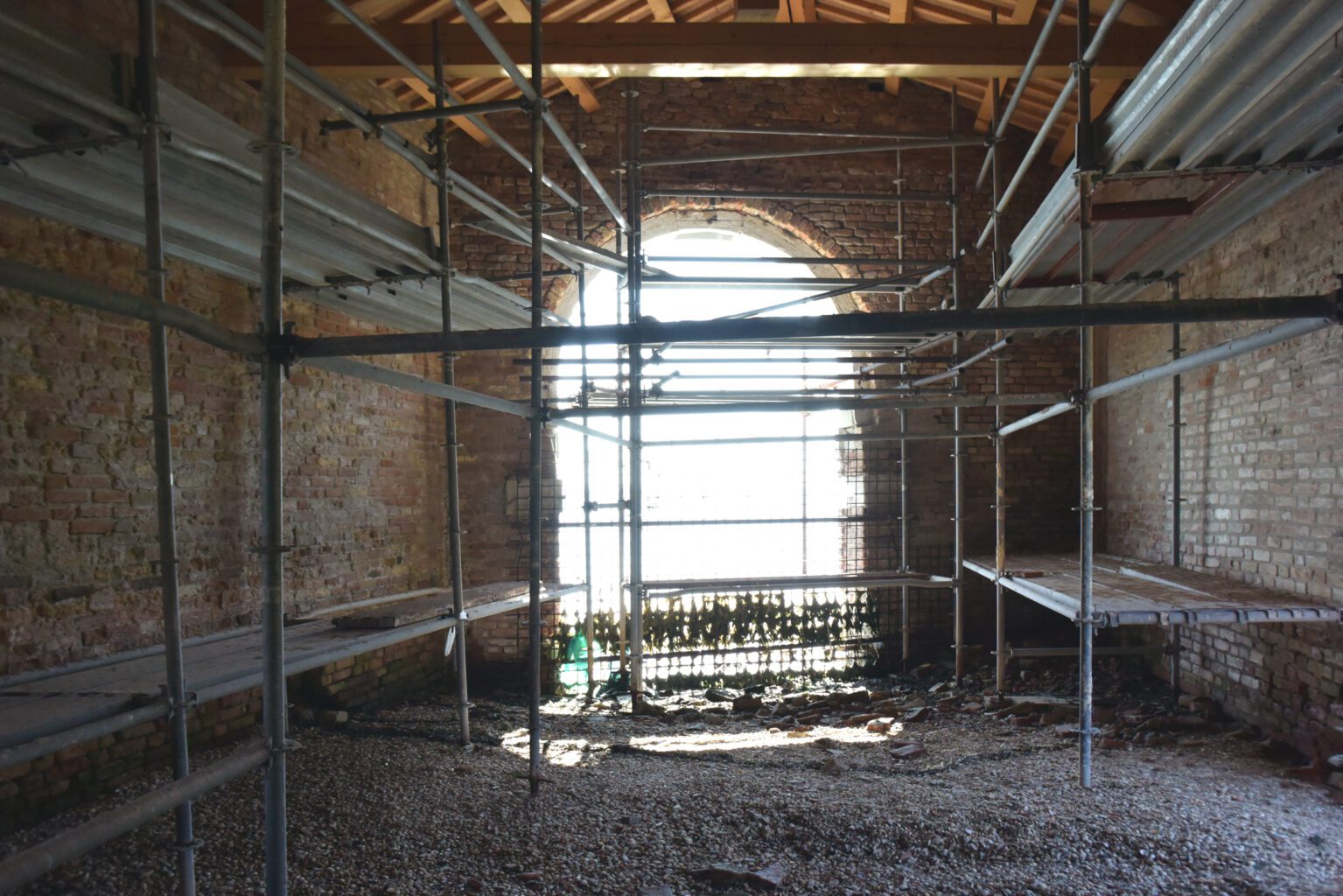
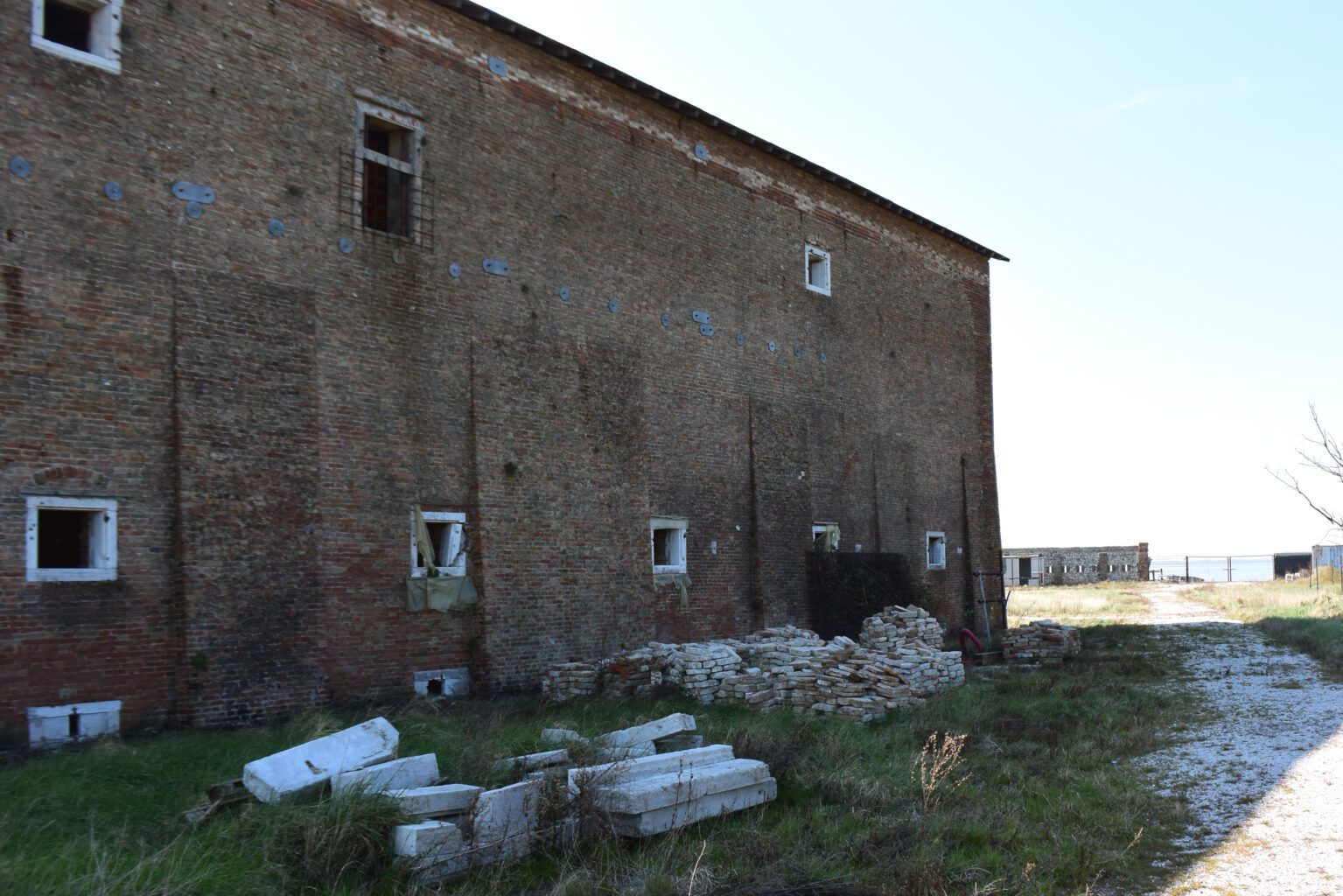
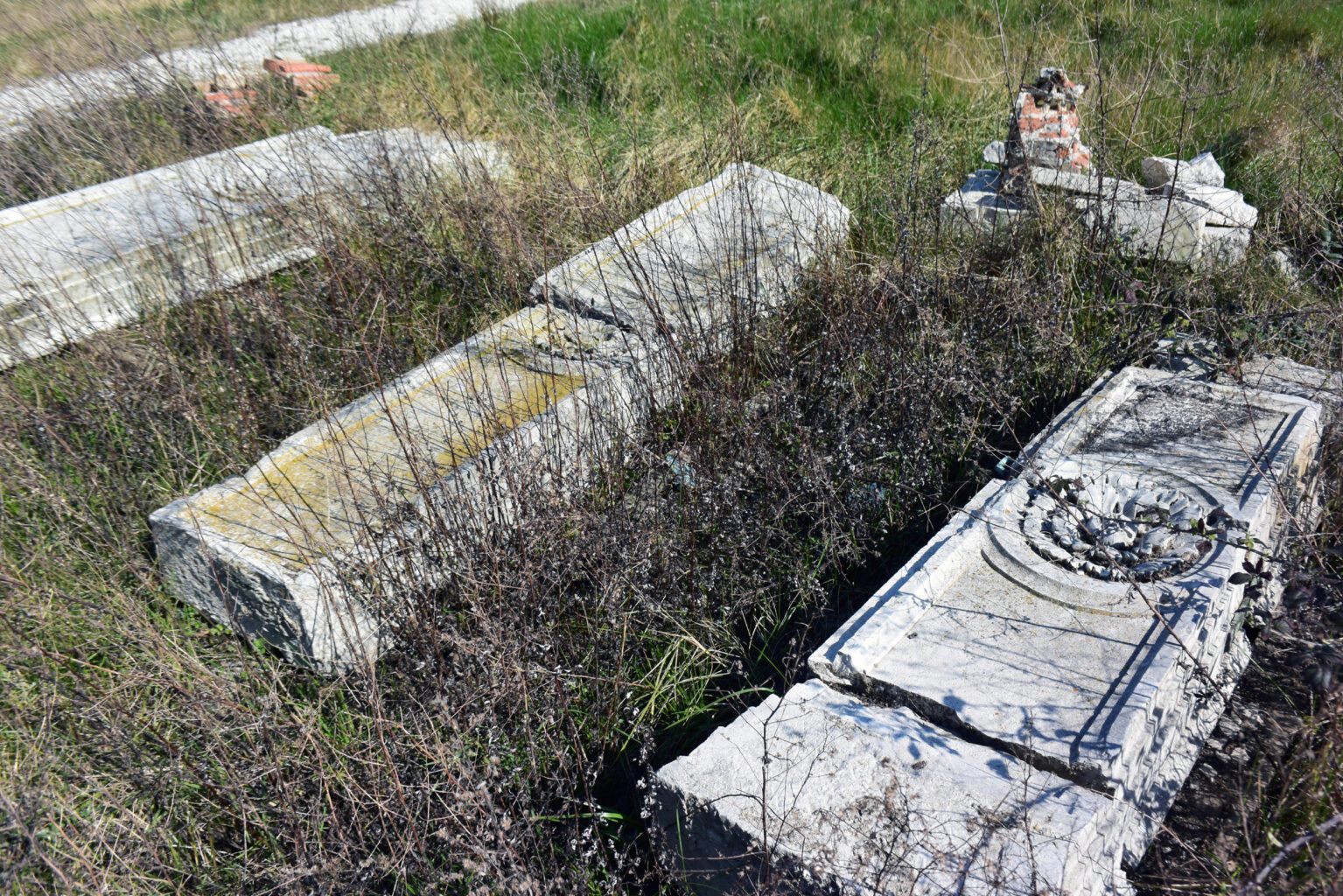
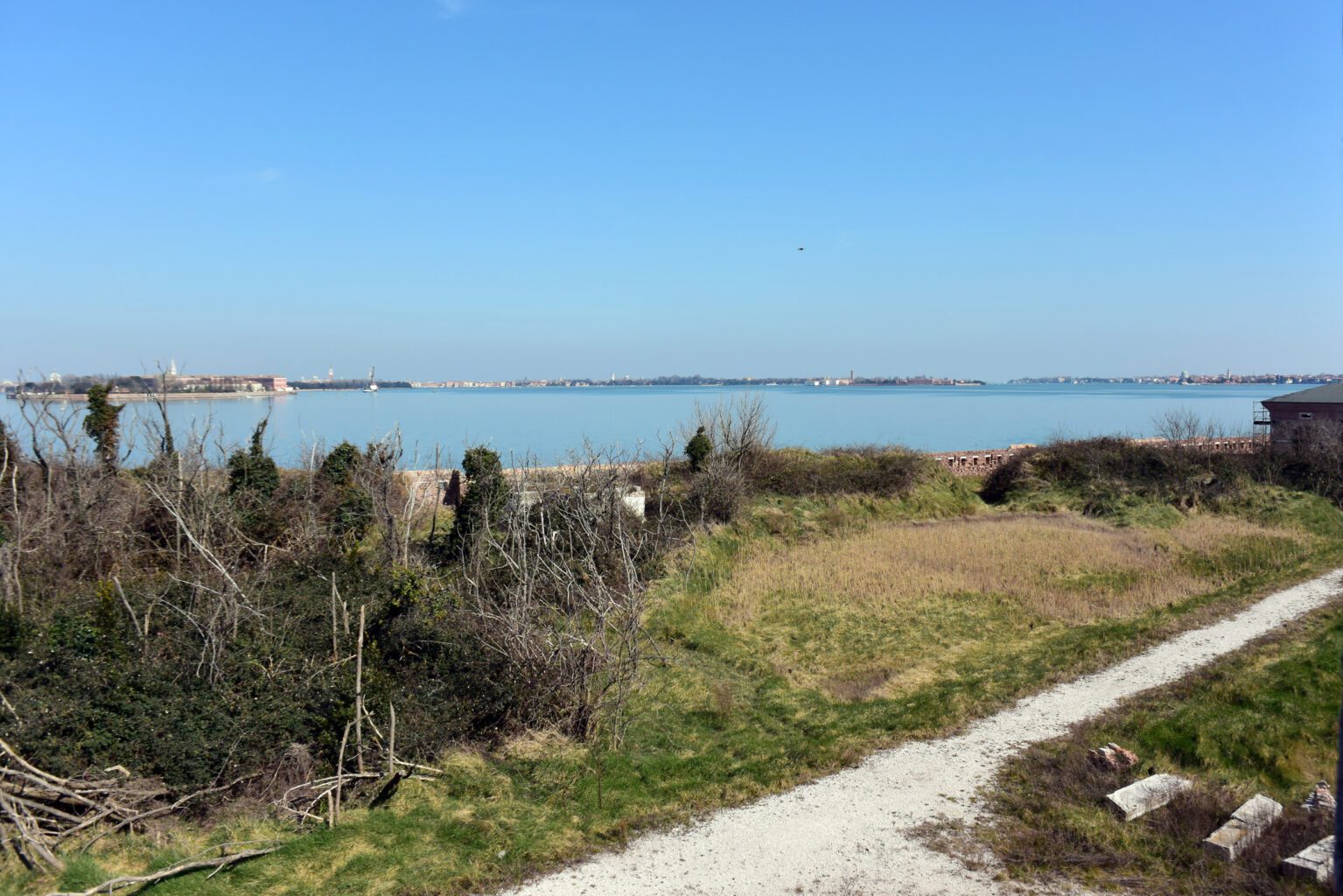
ancient documents tell that in 1140 the canons regular of sant’agostino built a convent, a church and a hospital on the island of santo spirito, in 1380 the monks left and in 1409 the venetian senate granted the cistercians of the santissima trinità of brondolo the possibility of settling on the island, where they remained until 1424. in 1430 the hermits arrived and the buildings were restructured: the monks began to rebuild the church, entrusting the project to jacopo sansovino (1541-1542). the major artists of the time (tiziano, palma il vecchio, bonifacio de’ pitati, giuseppe salviati) embellished the spaces of the church and convent. its position on the santo spirito canal made it the ideal stopover for receiving ambassadors, princes, papal nuncios and pilgrims arriving in venice. in 1656 pope alessandro 7° suppressed the order of regular canons and the venetian senate brought the works of art to the church of santa maria della salute in venice. after the fall of candia in 1669, the venetian senate assigned the island to the friars minor of candia as a hospice. the island fell completely after the napoleonic edict of 1806 which handed over the island to the troops of the french navy, in this way a part of the buildings was destroyed to adapt the island to a military zone. after the first world war the island was assigned to the italian navy which remained its owner until 1970. the rehabilitation plan concerns the entire island and foresees, in accordance with the vprg, an eco-resort with the aim of creating a place where to live in peace and silence. the project envisages a return to the pre-napoleonic layout with the settlement concentrated in the south-western part of the island, while the remaining area is dedicated to greenery. vegetation is the protagonist of the project and the solutions are designed to offer guests of santo spirito tranquility and relaxation. the bunker to the north-west of the island which belongs to the buildings following the napoleonic period, is imagined as an eco-central for the production of renewable energy necessary for the maintenance of the entire island.